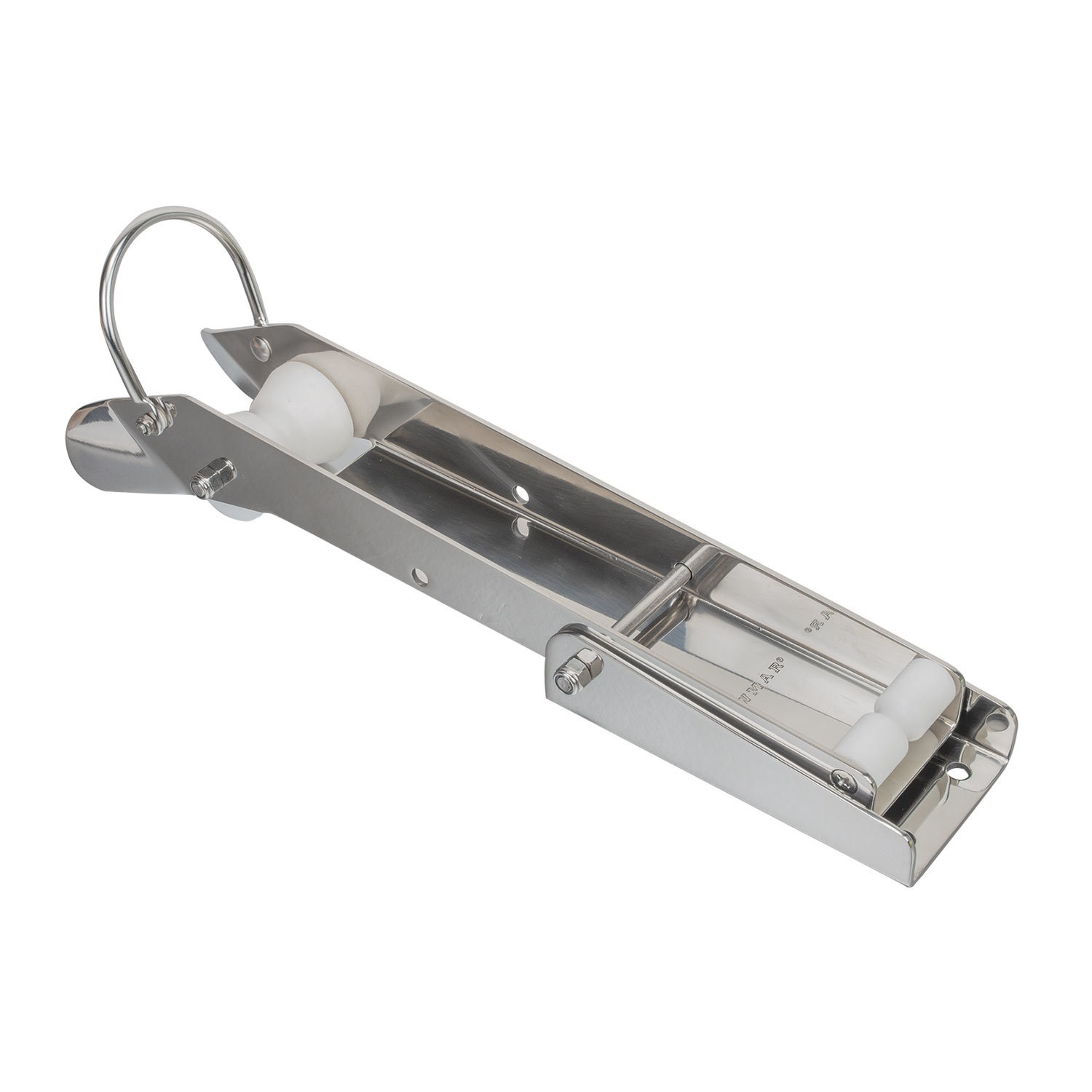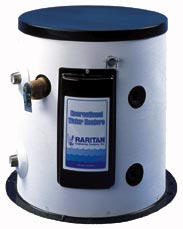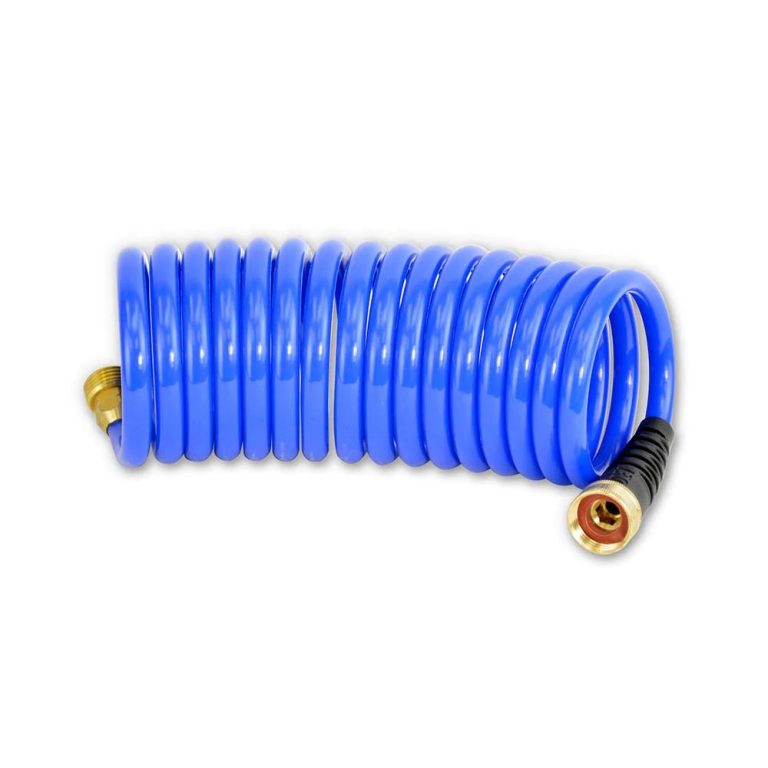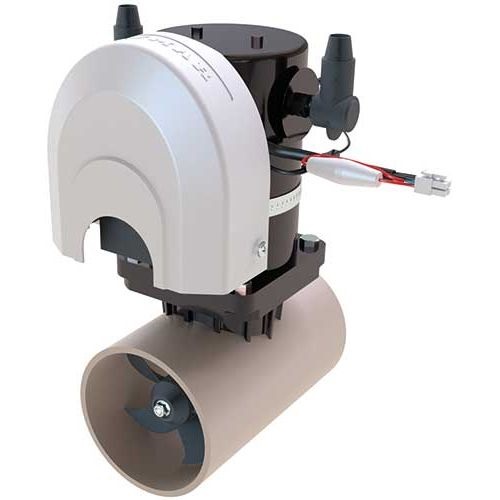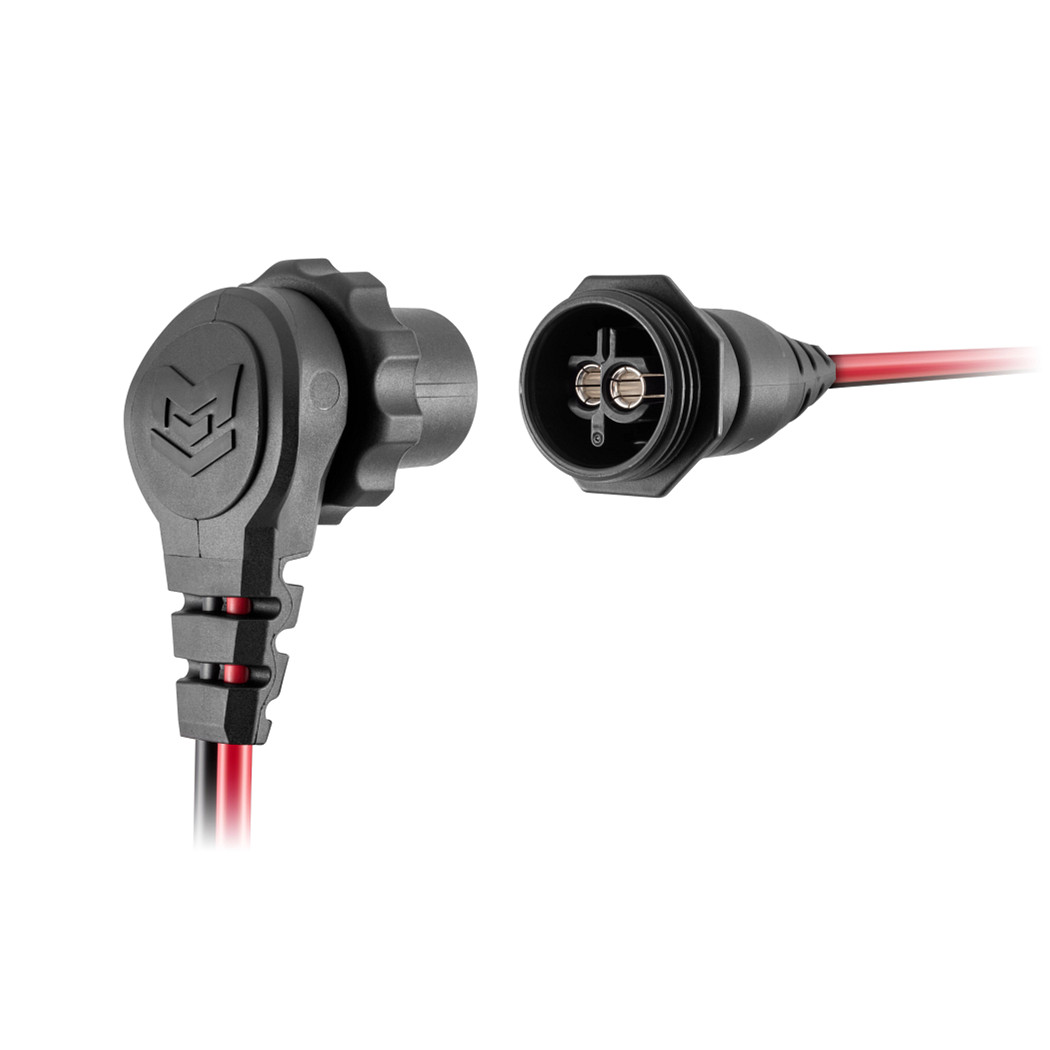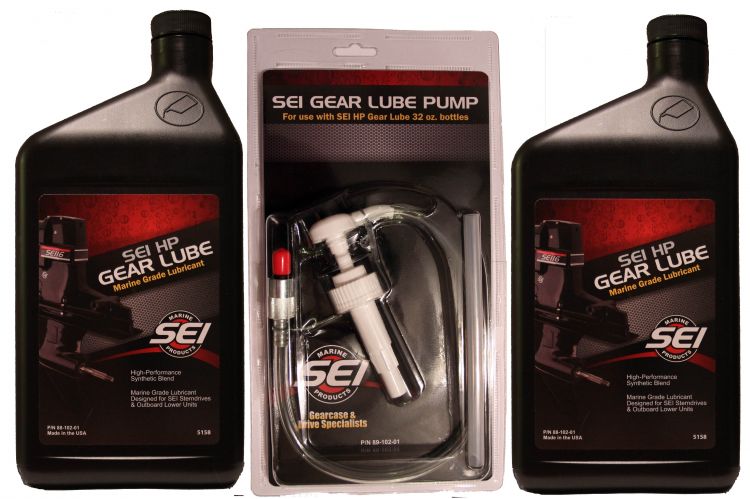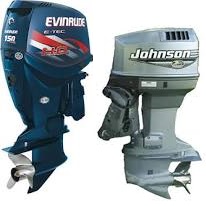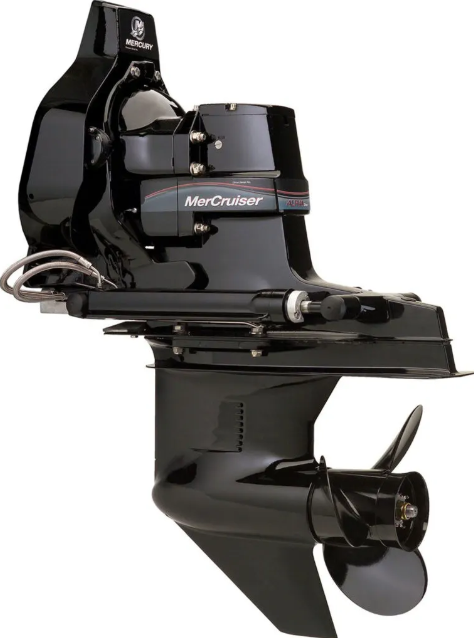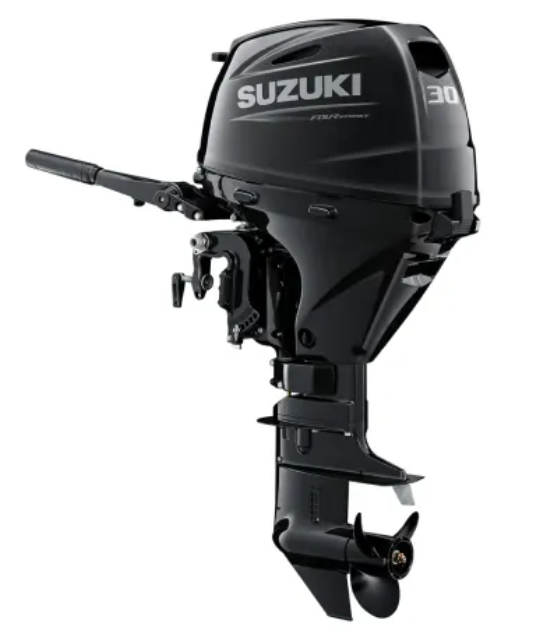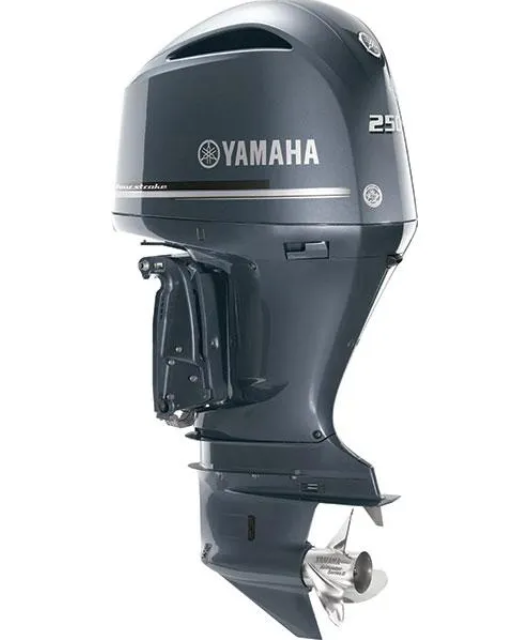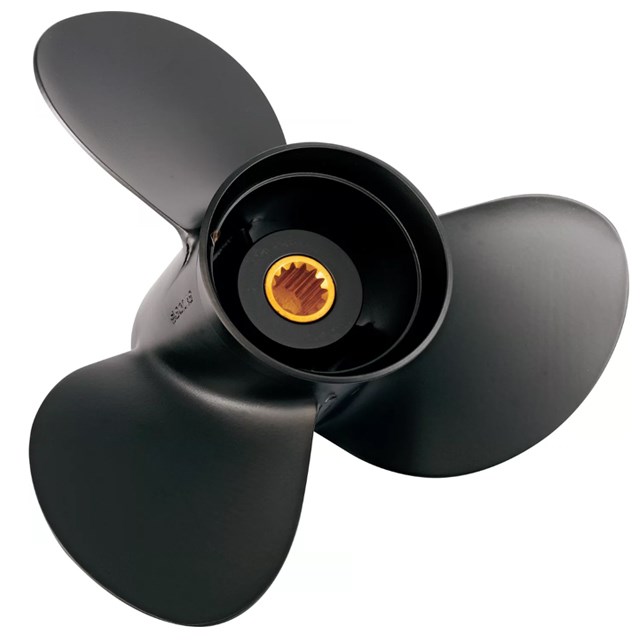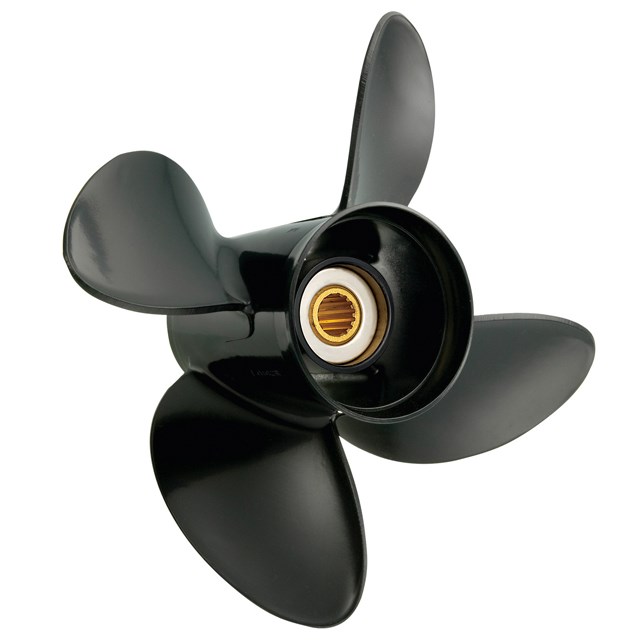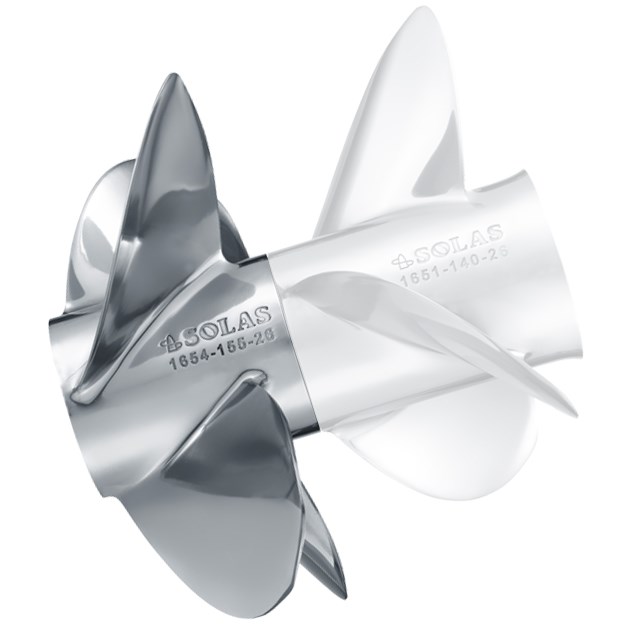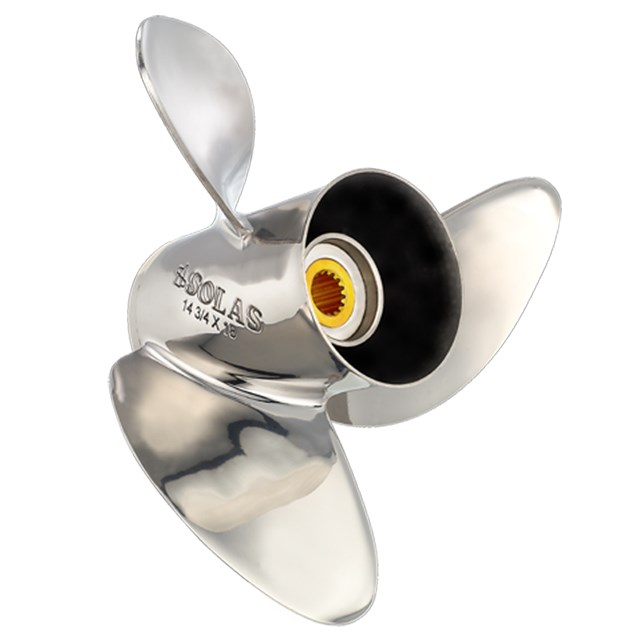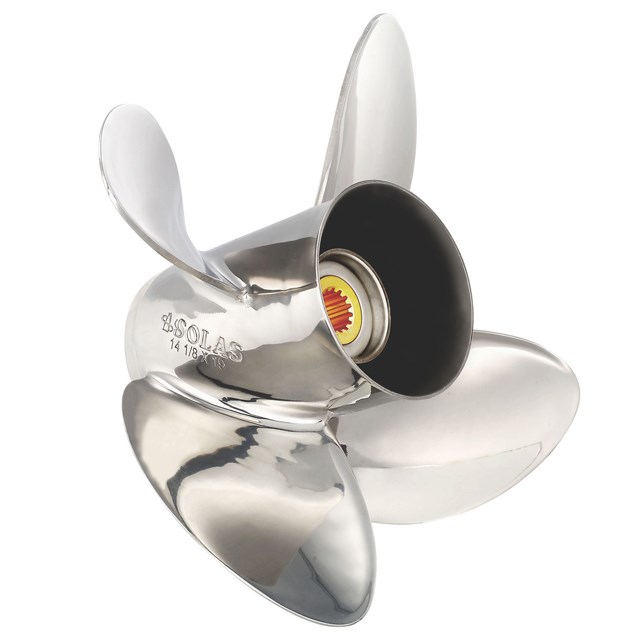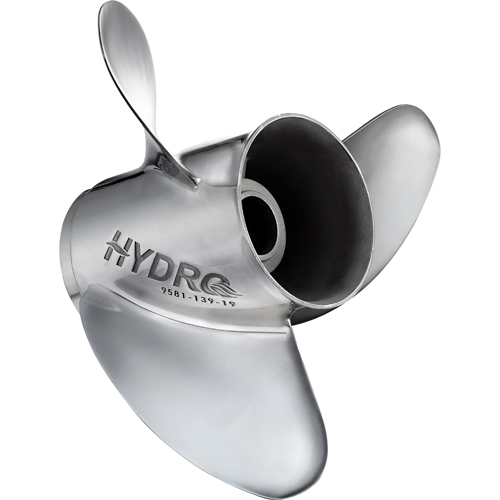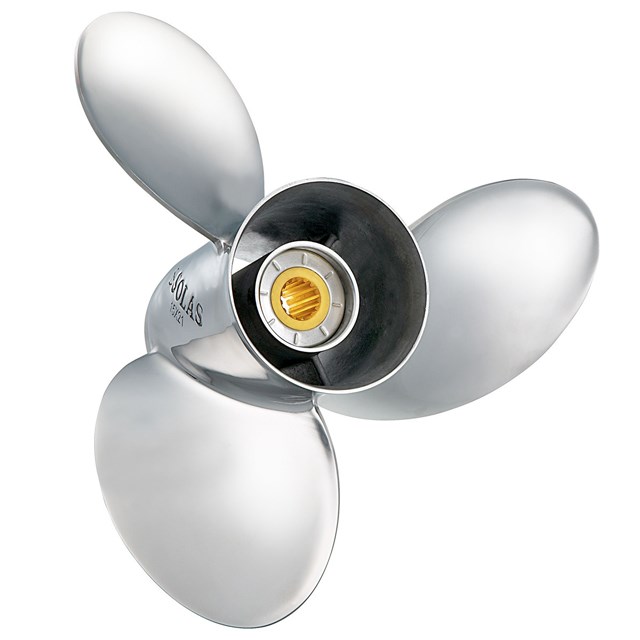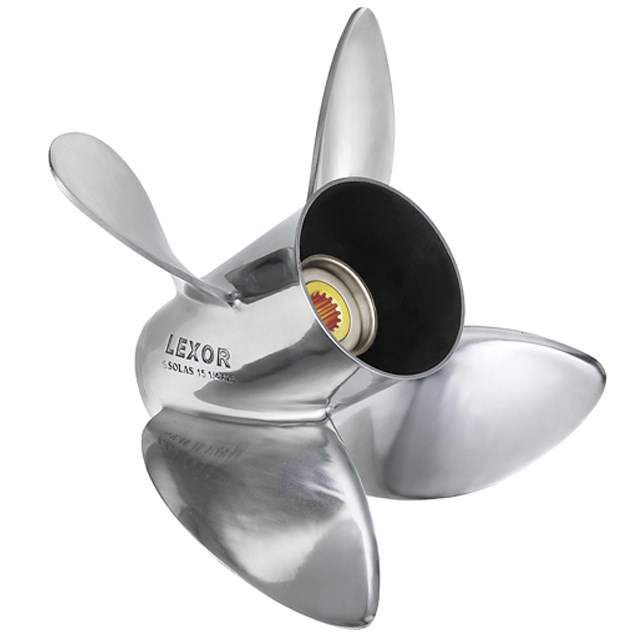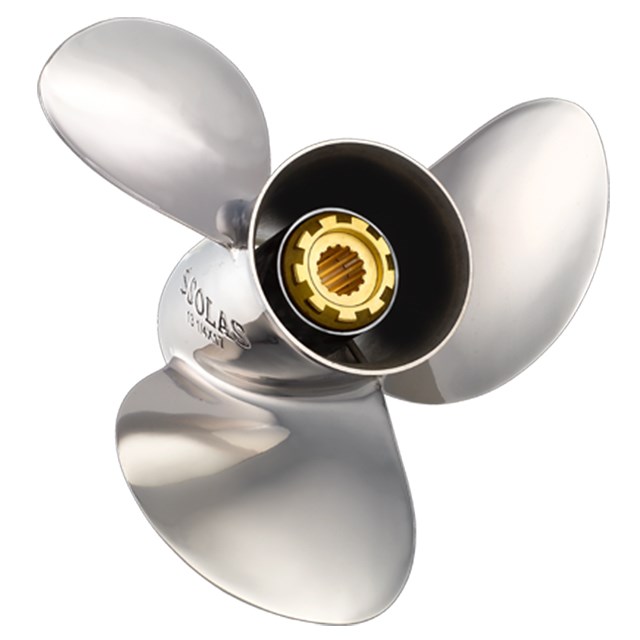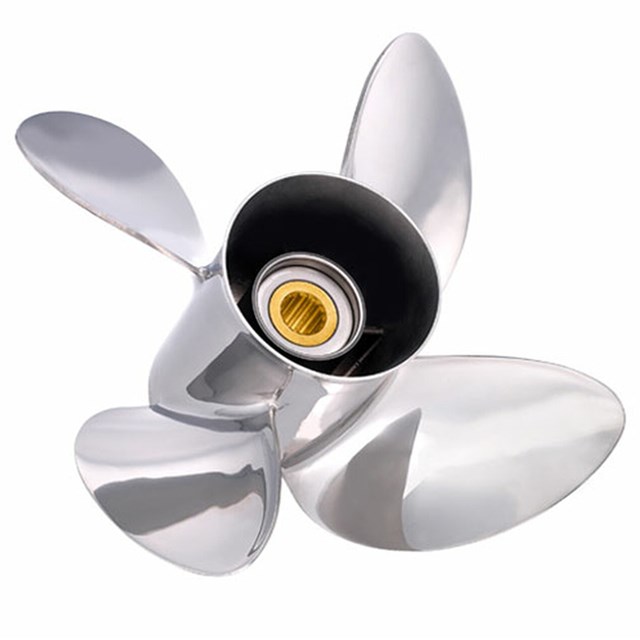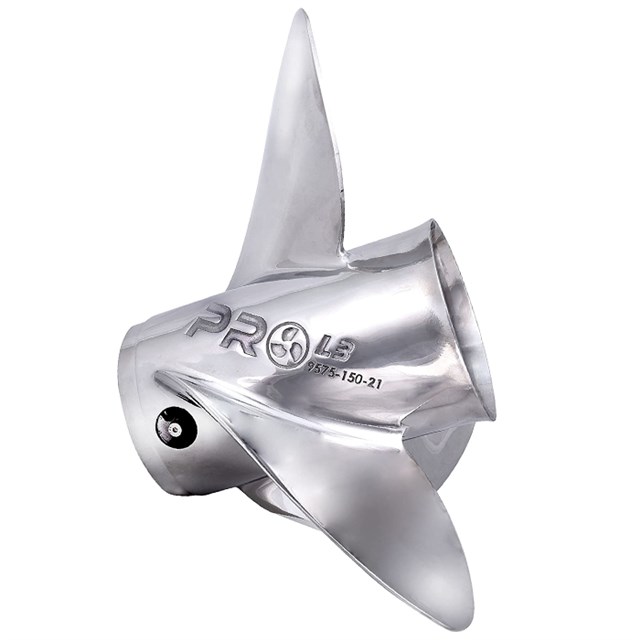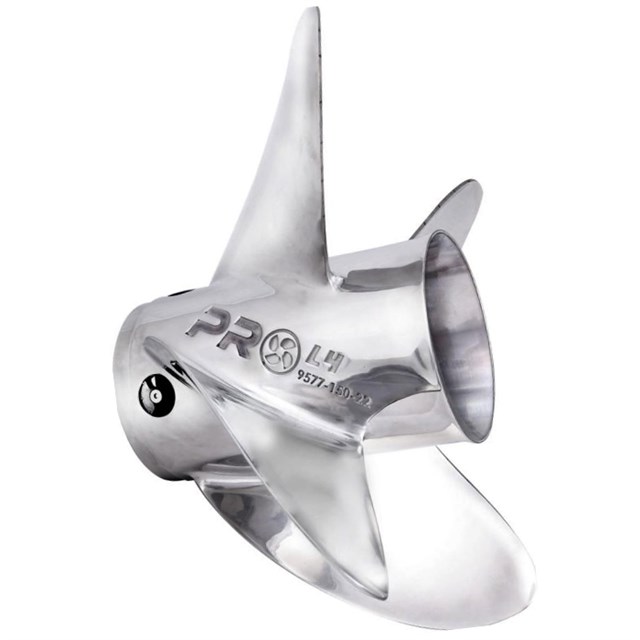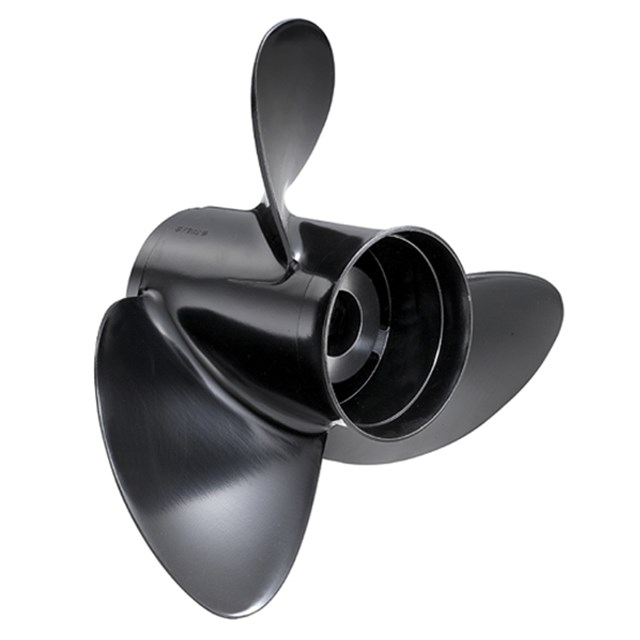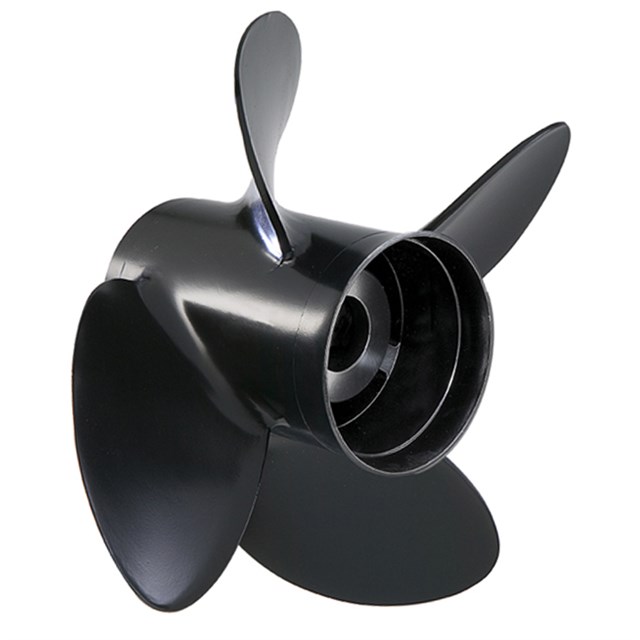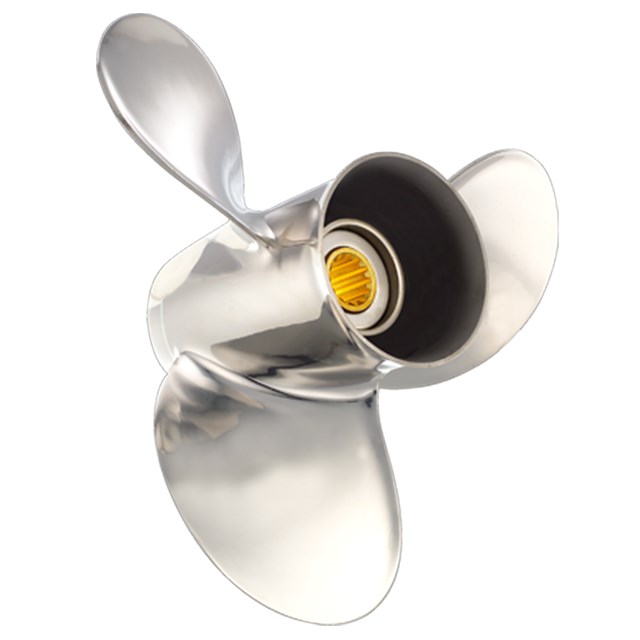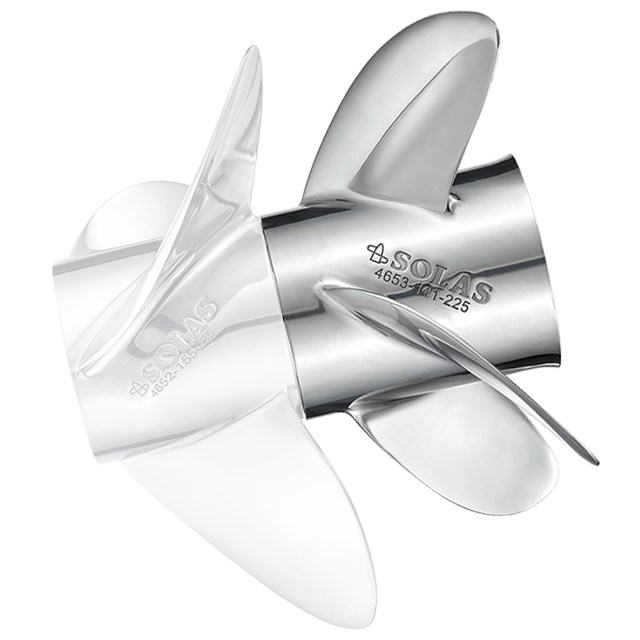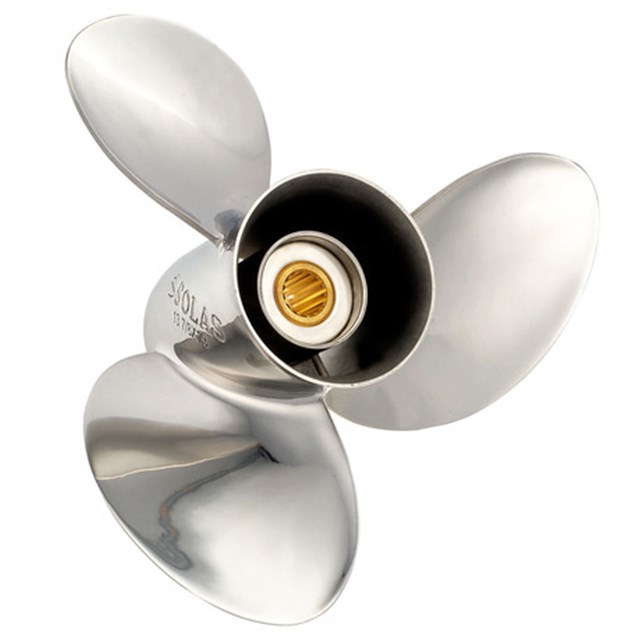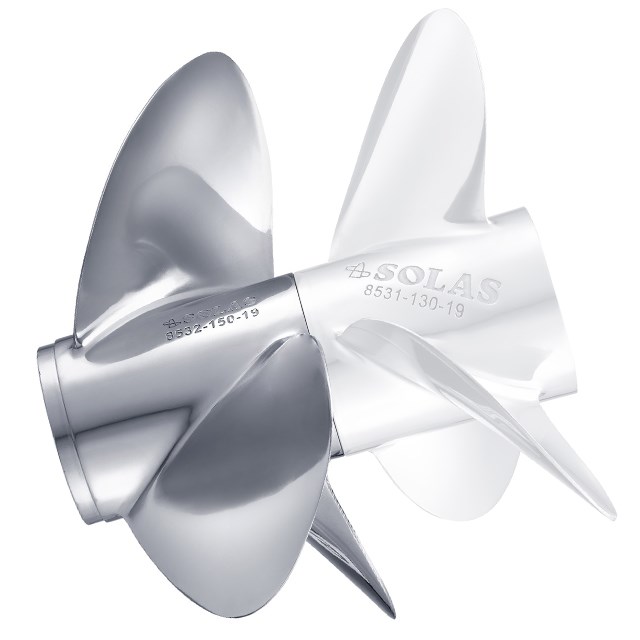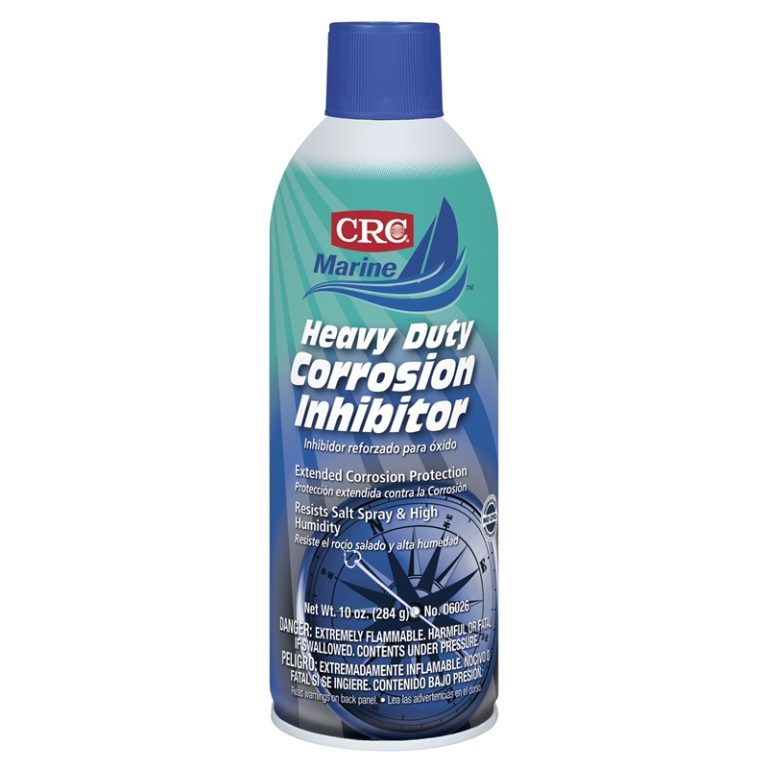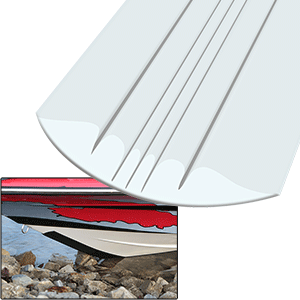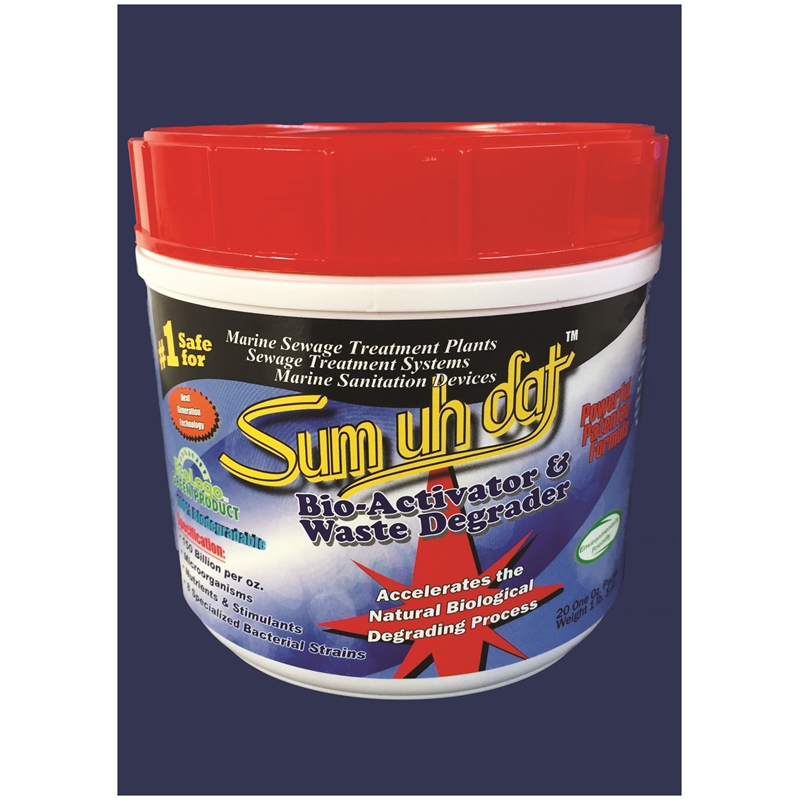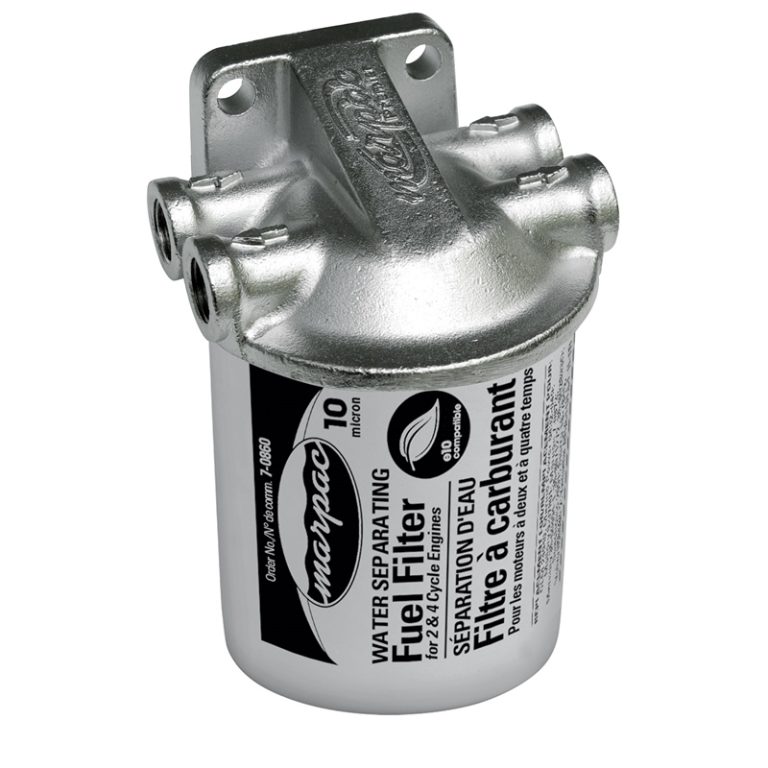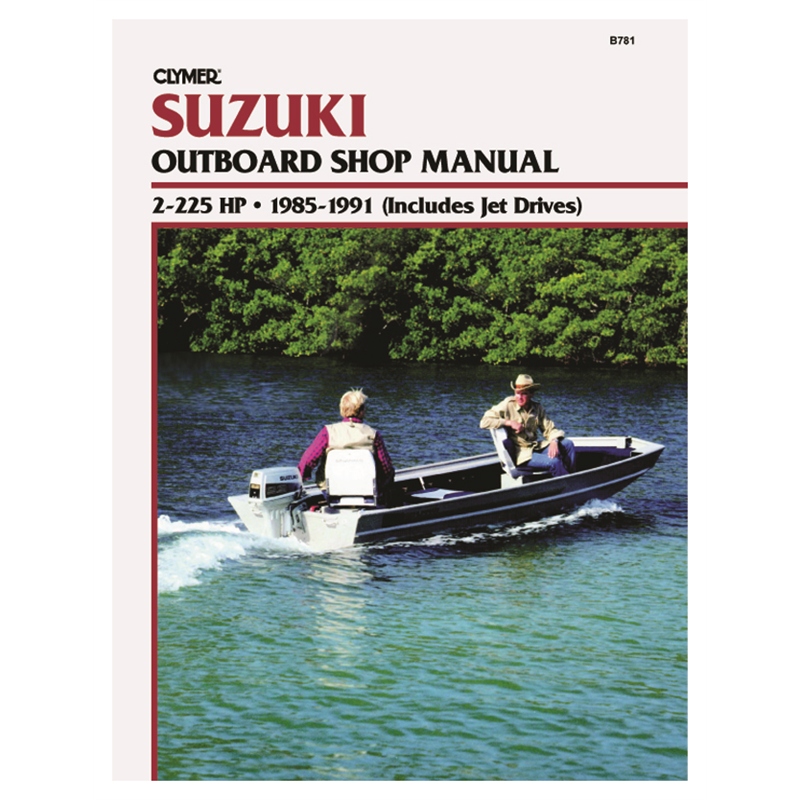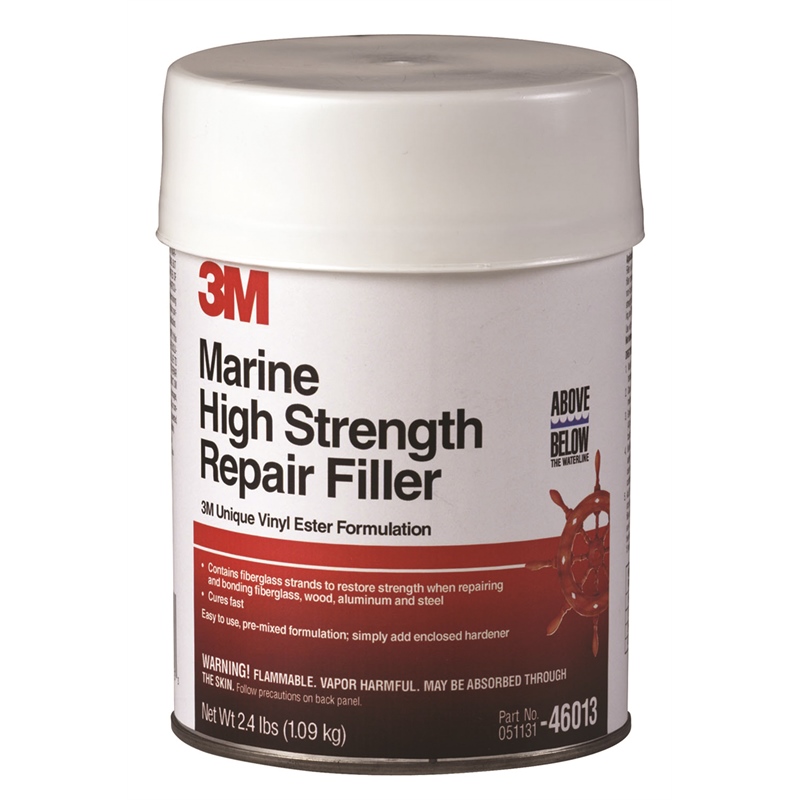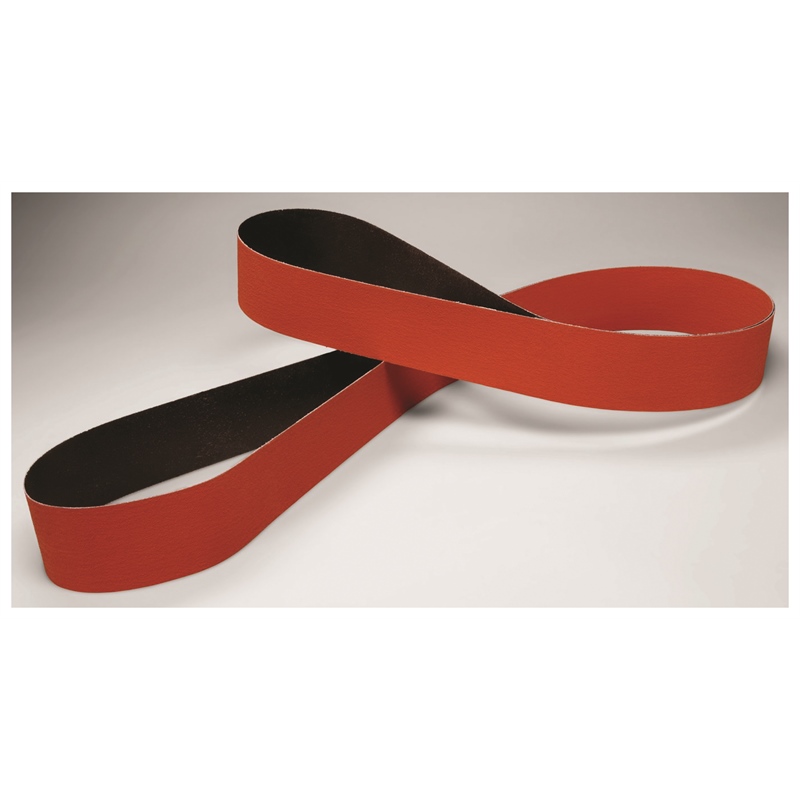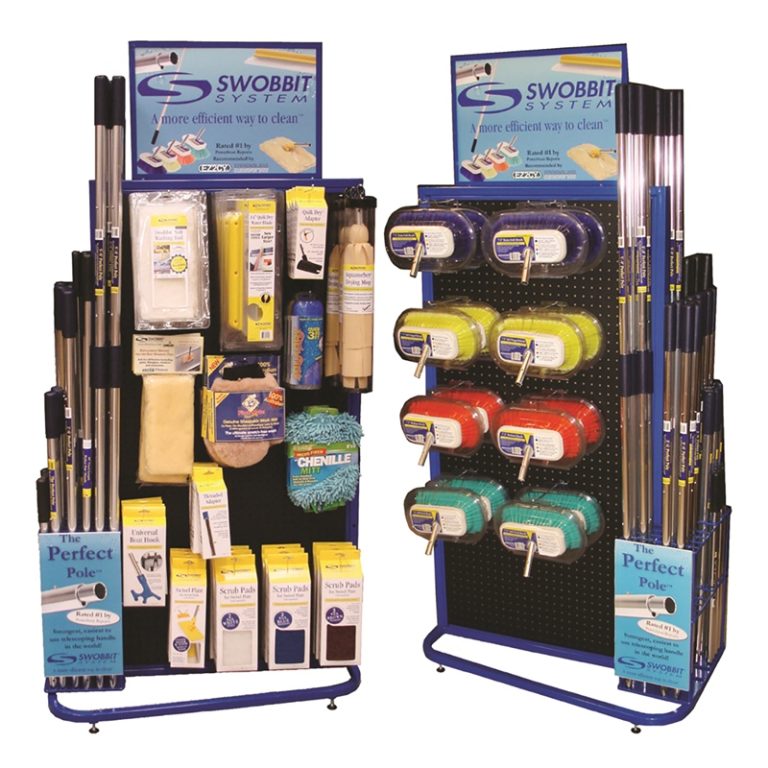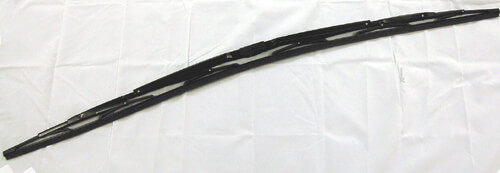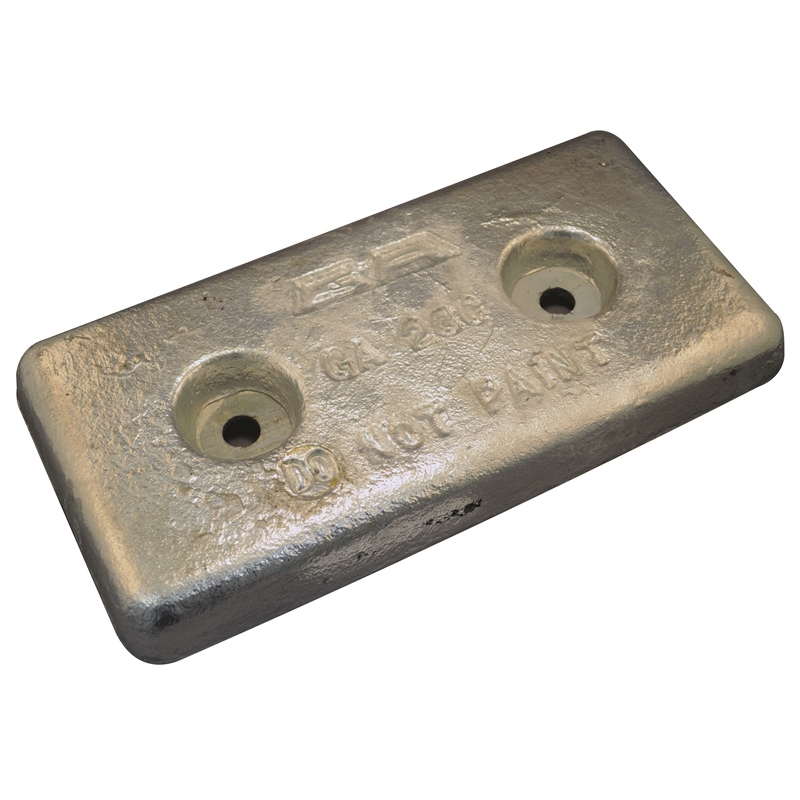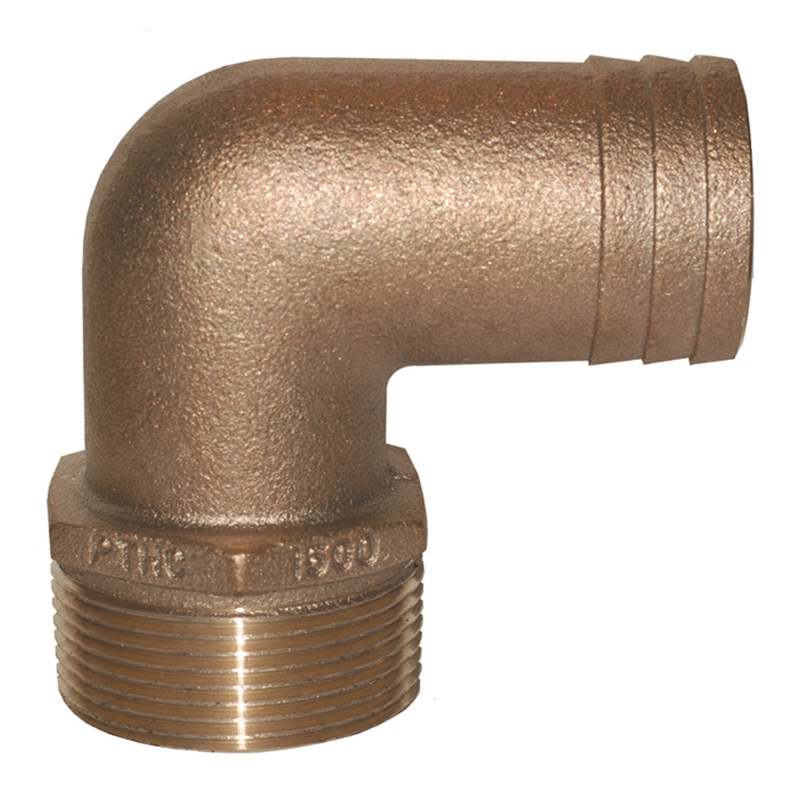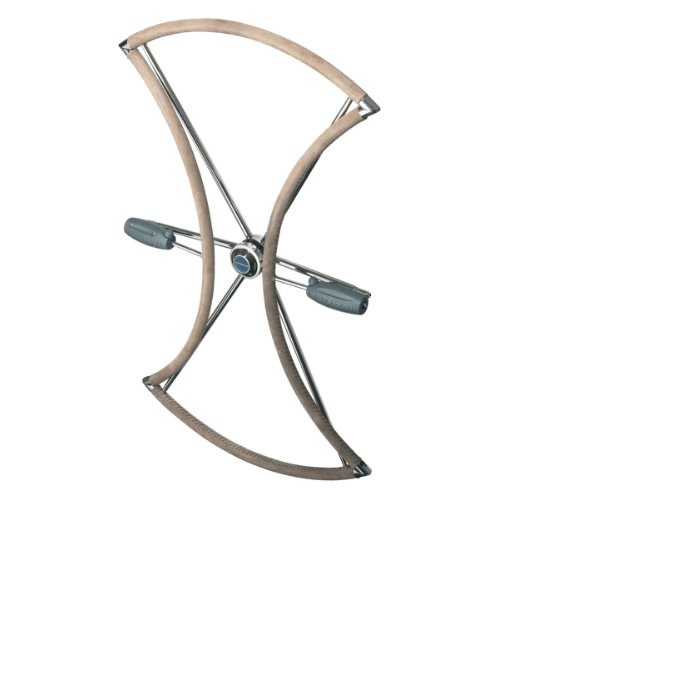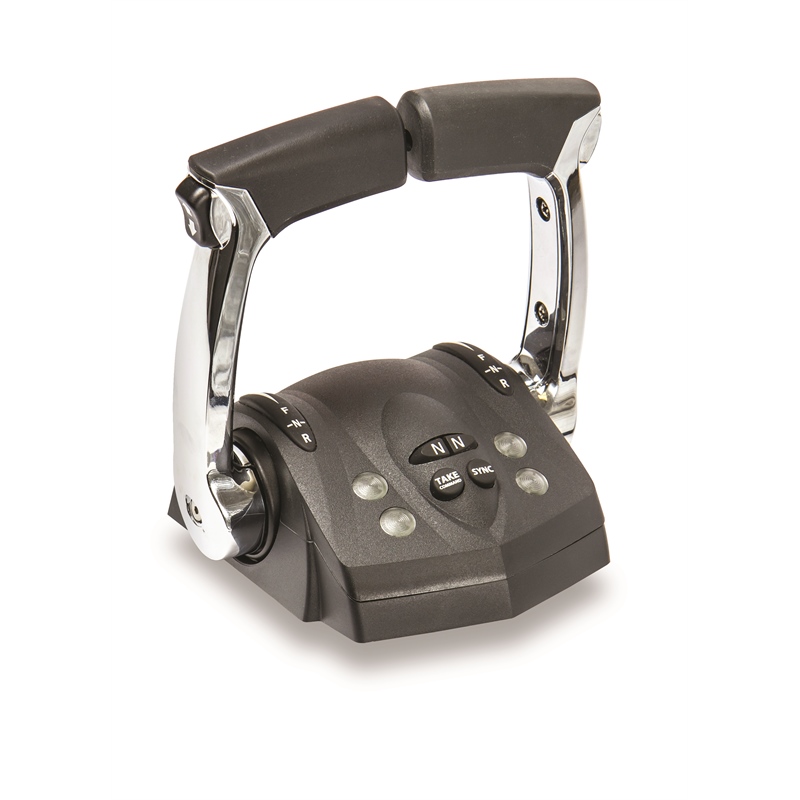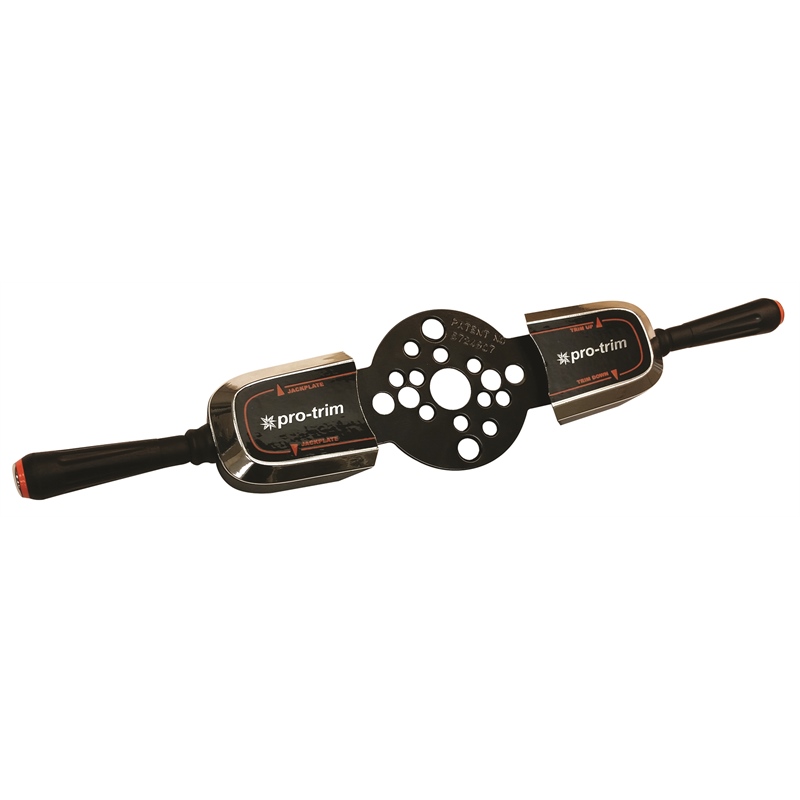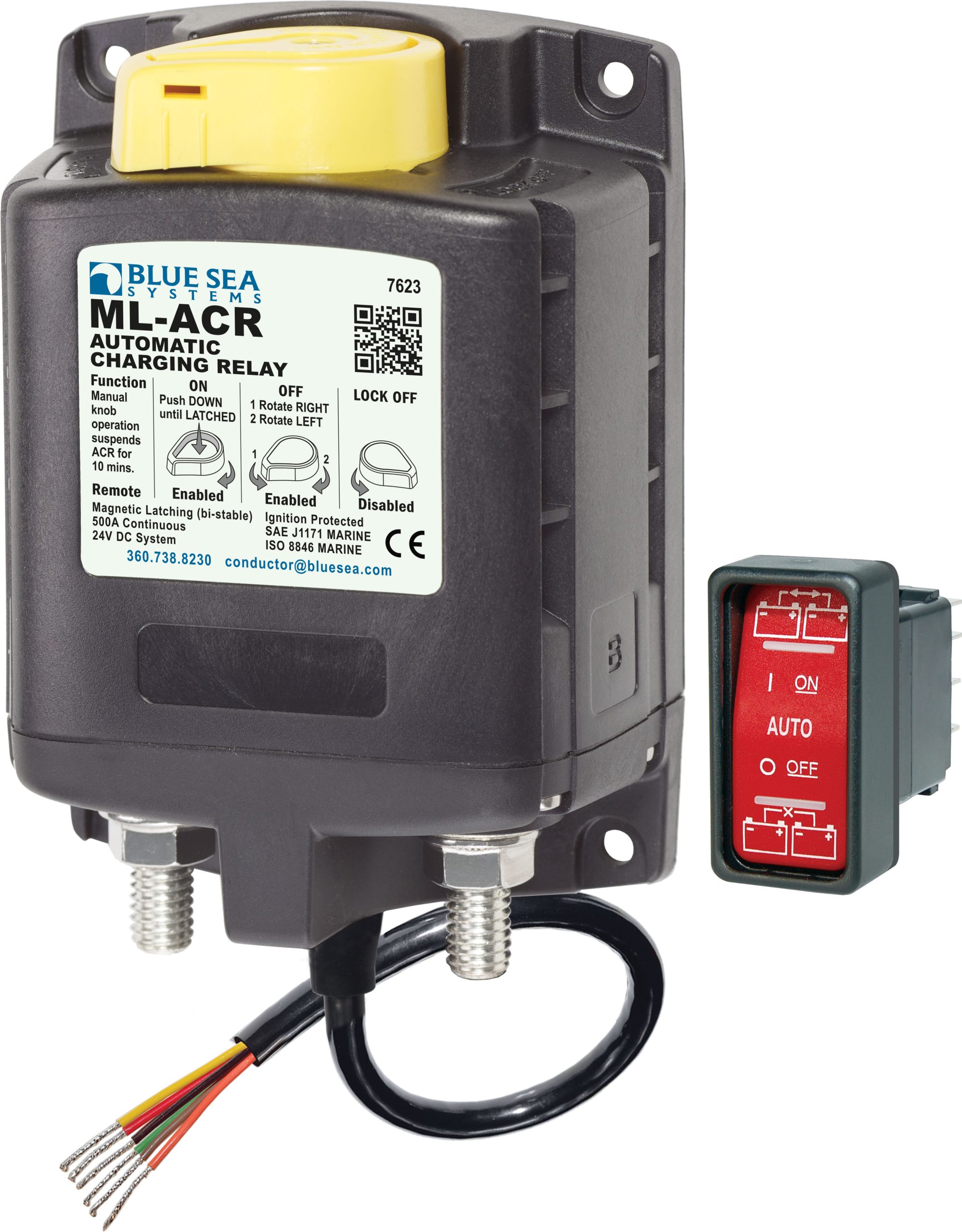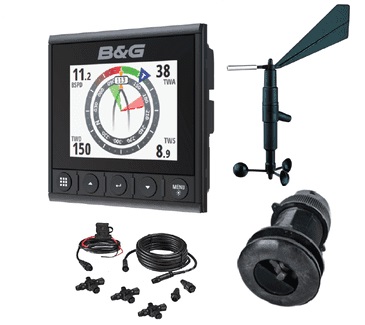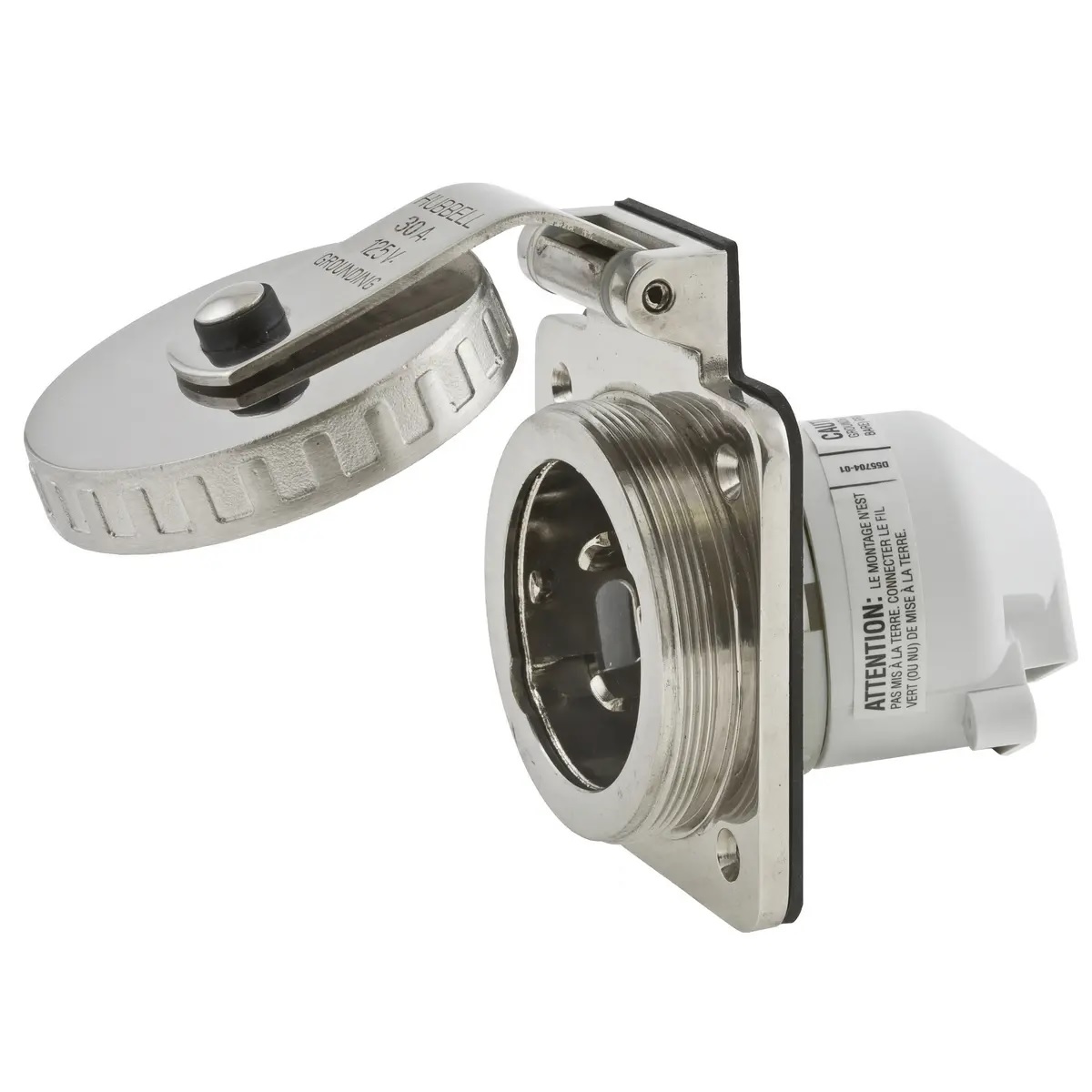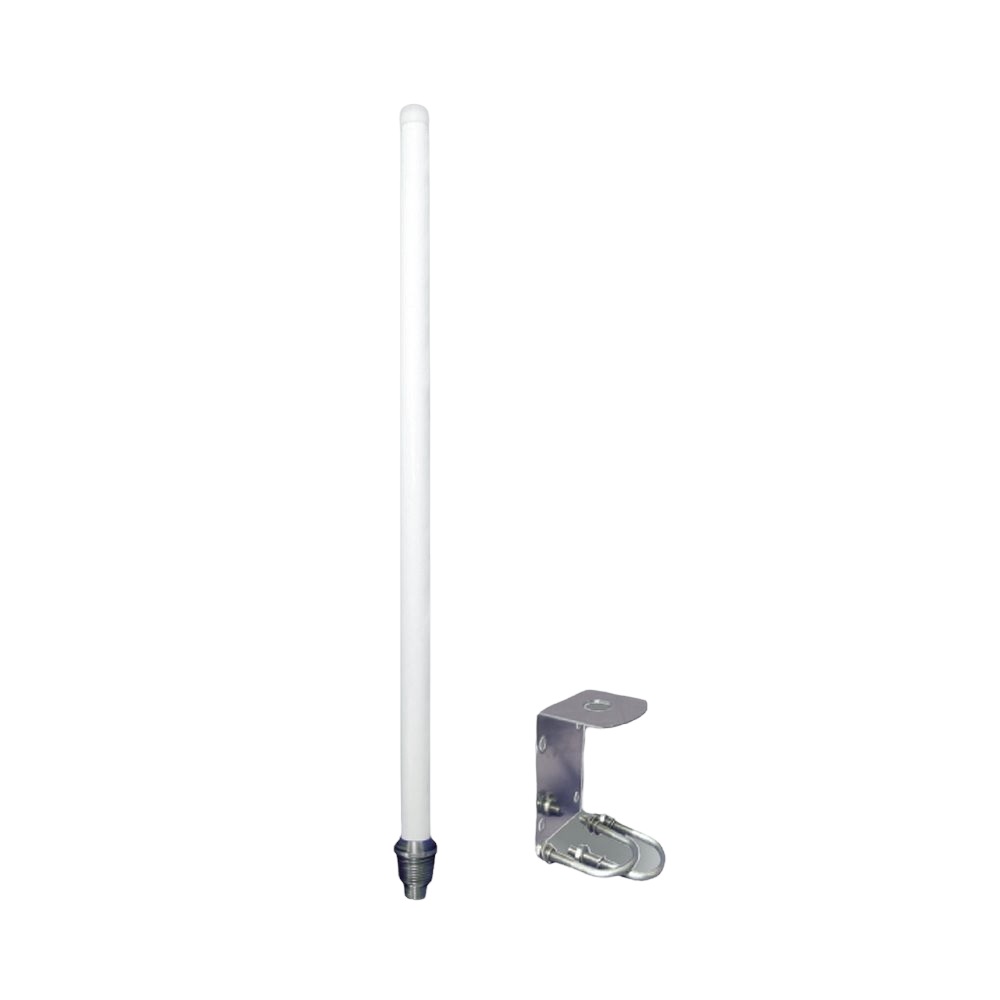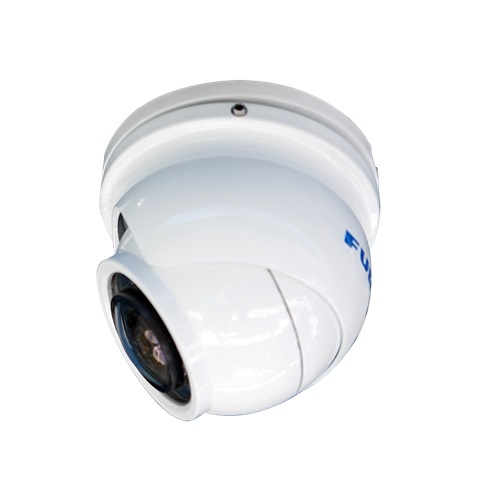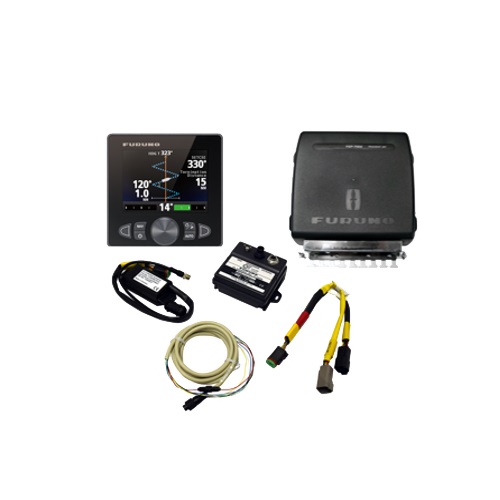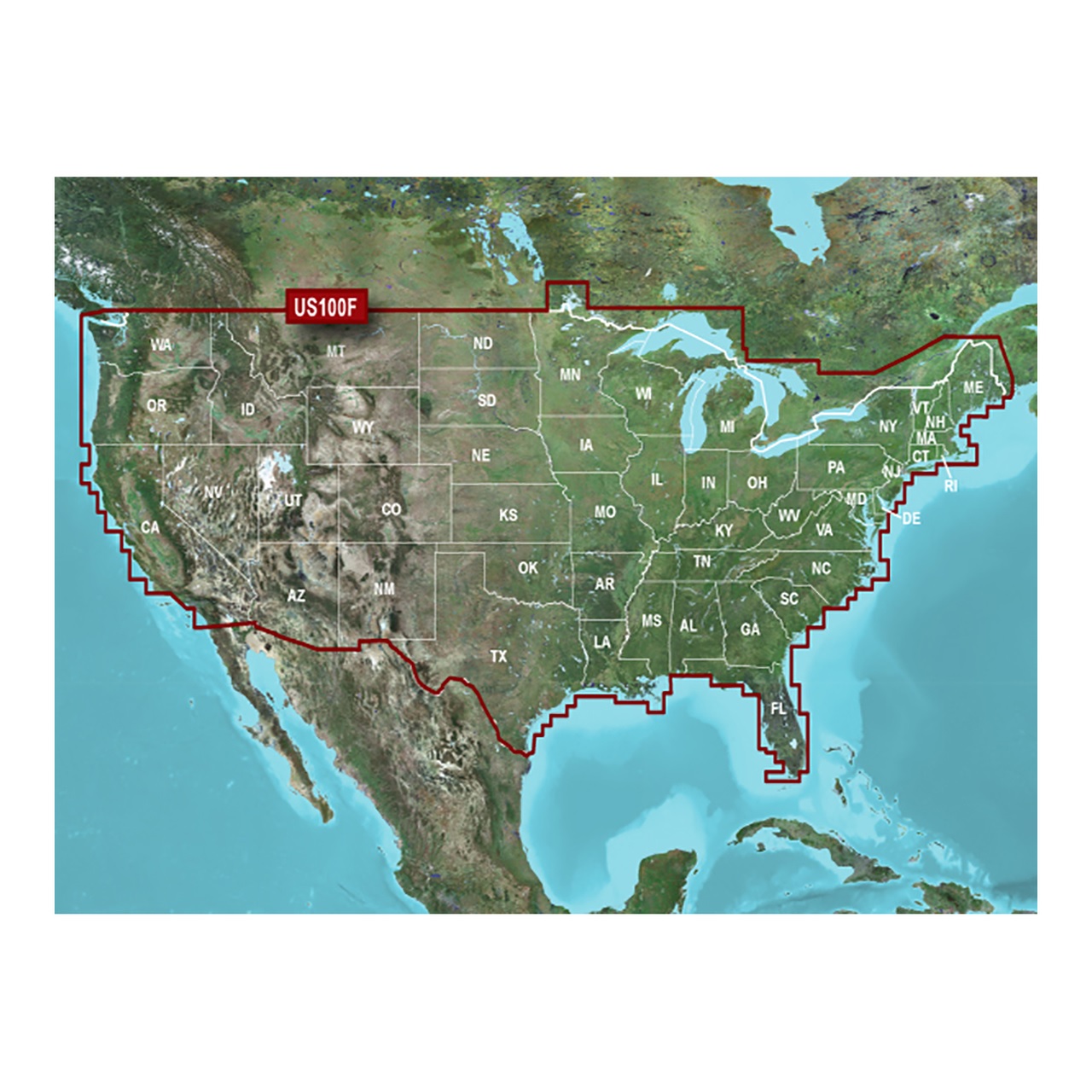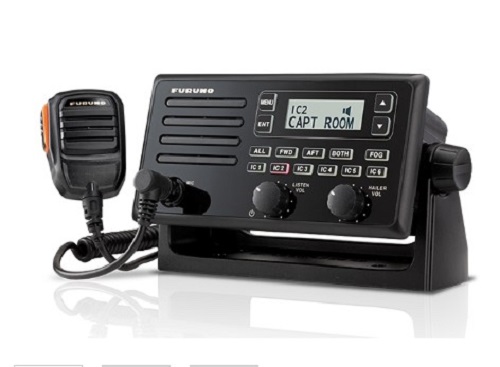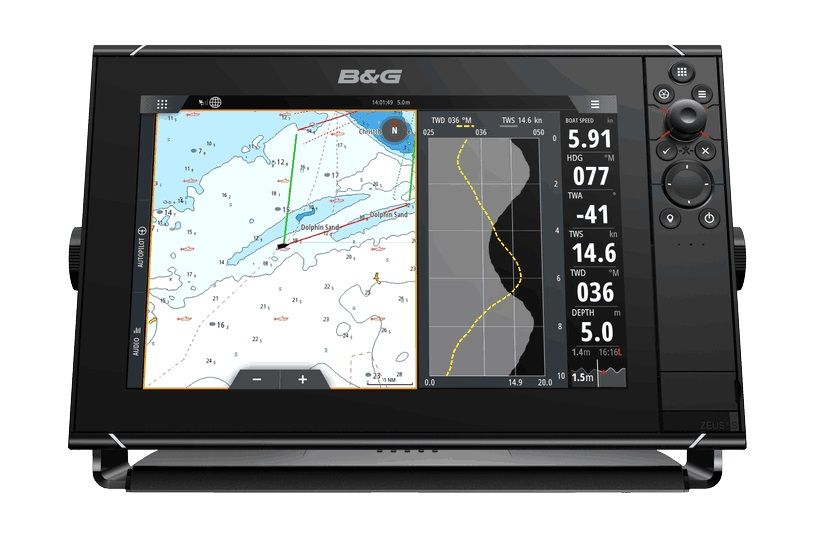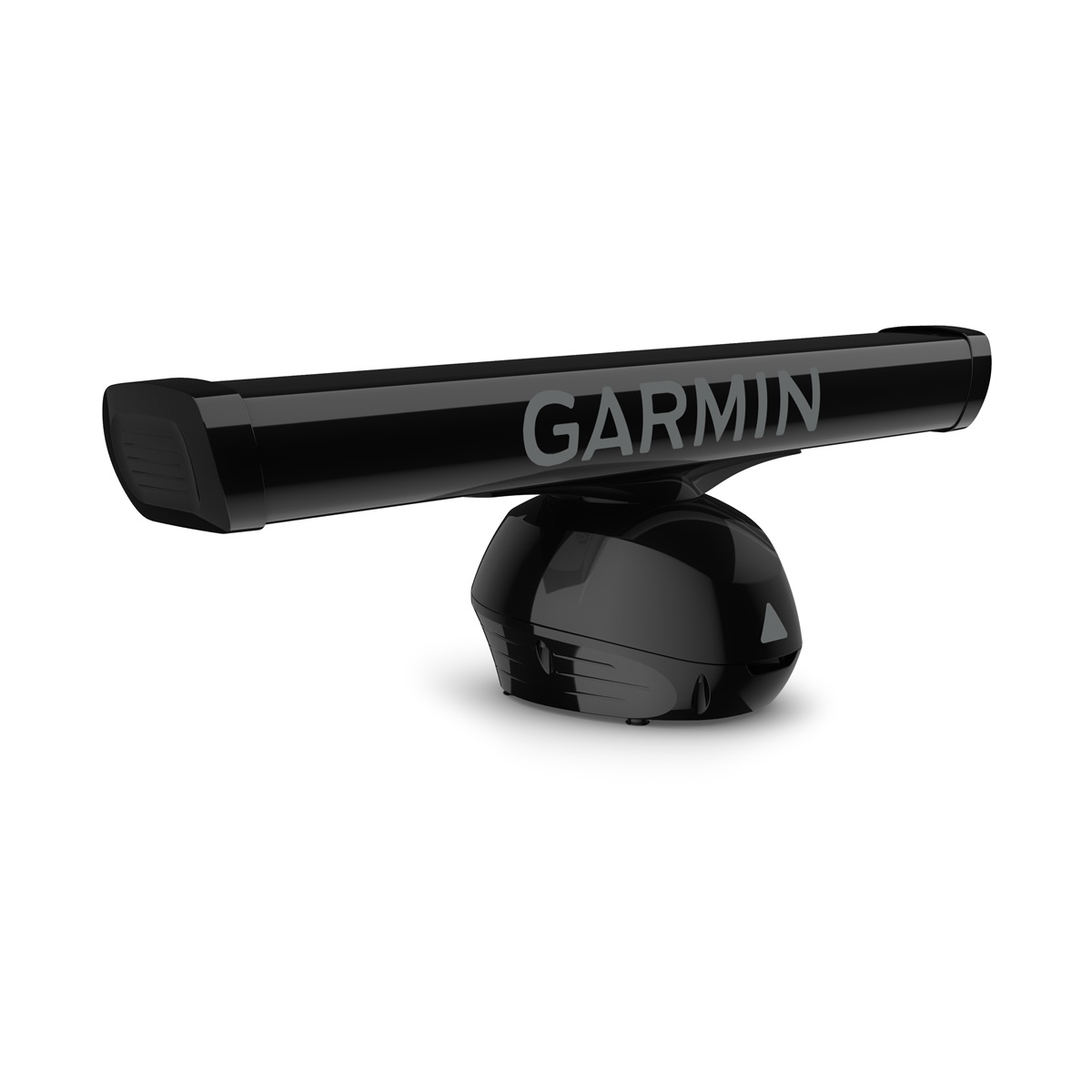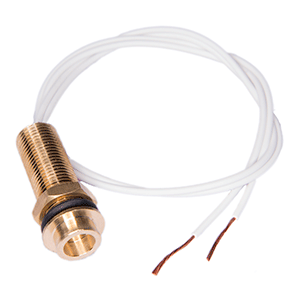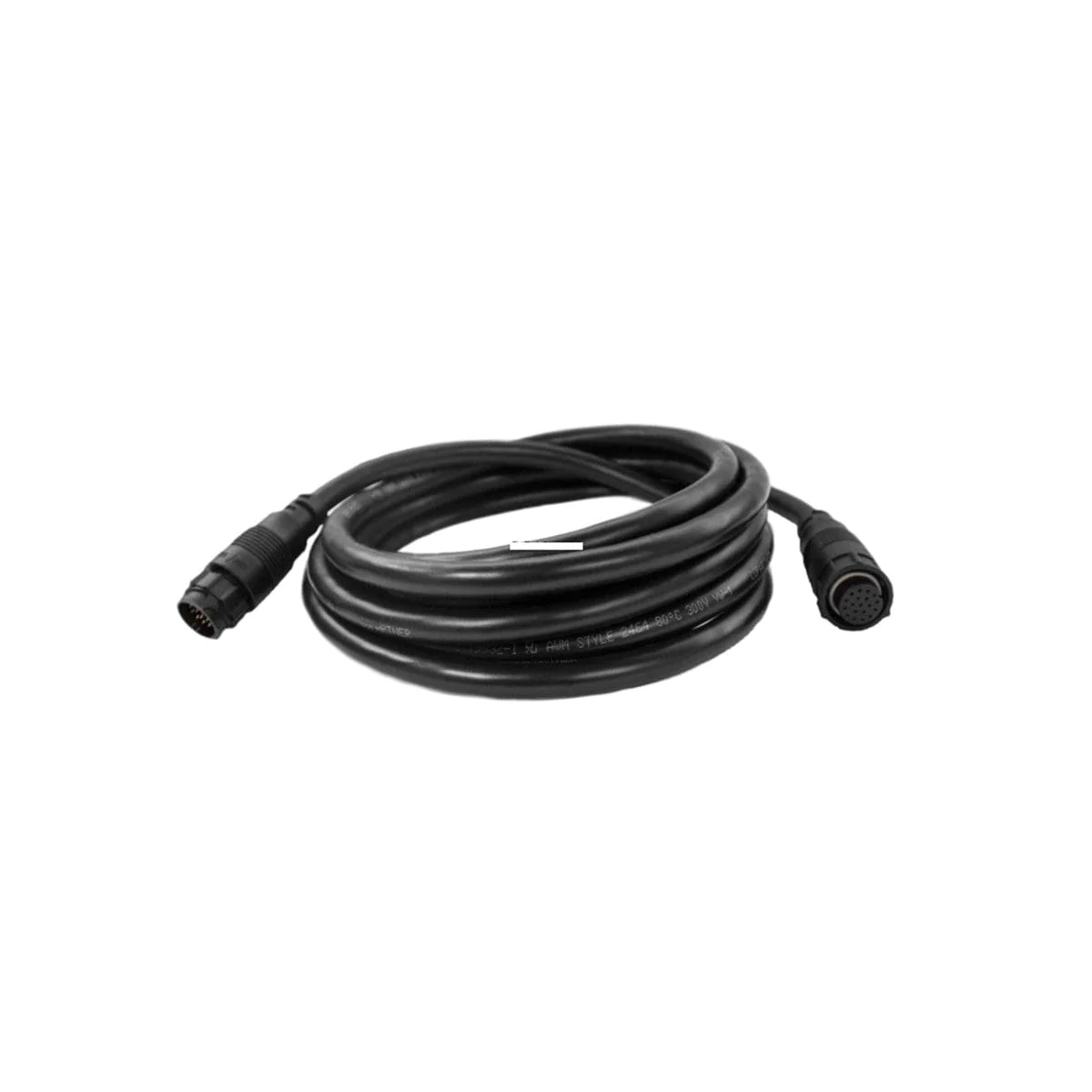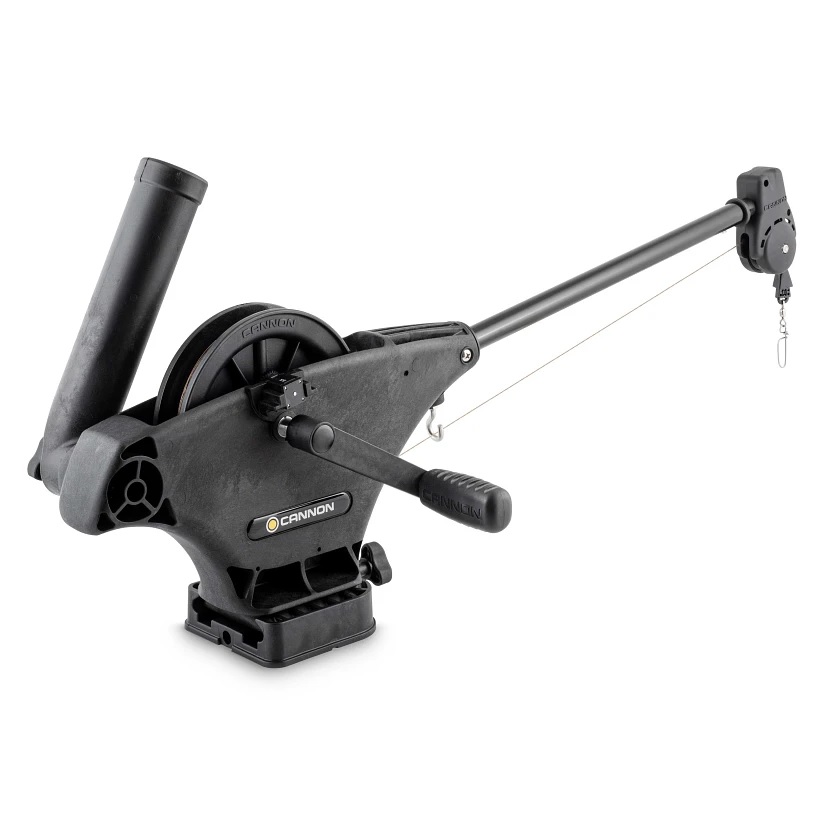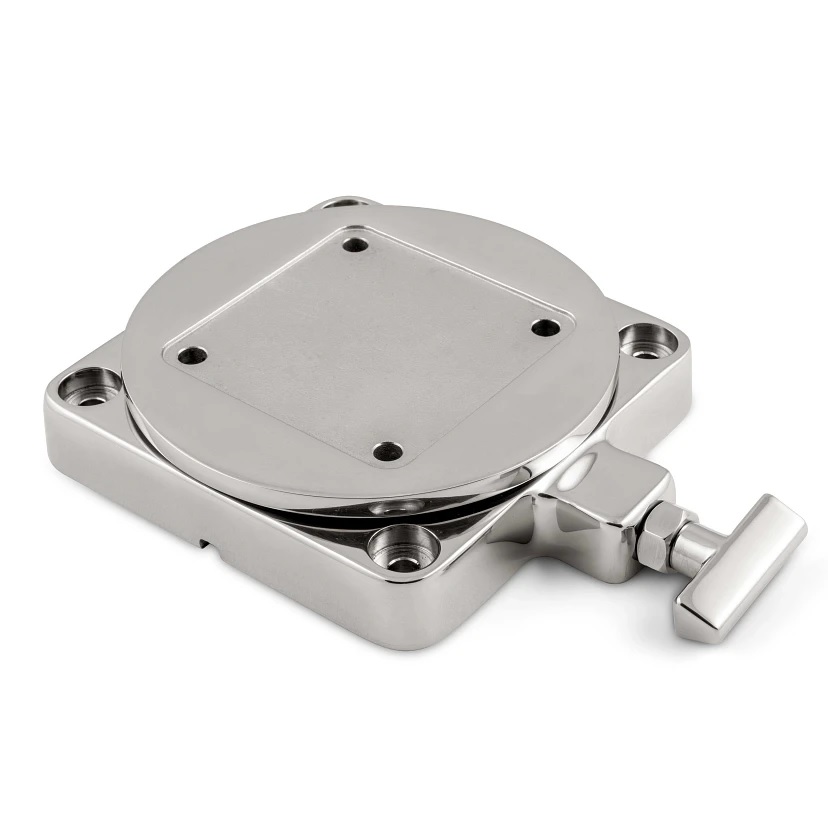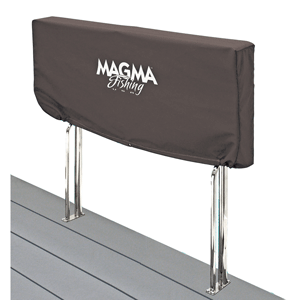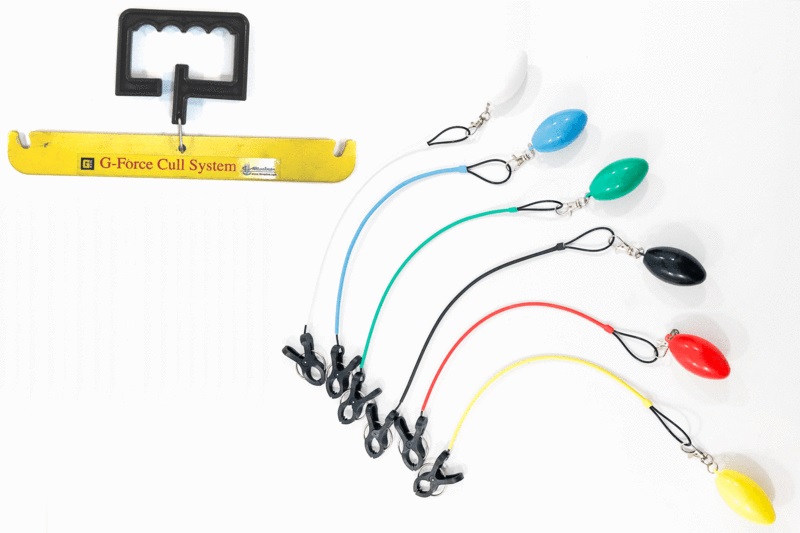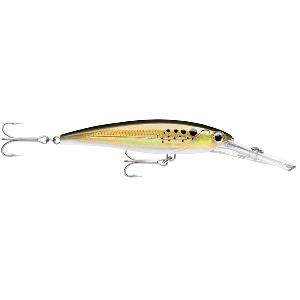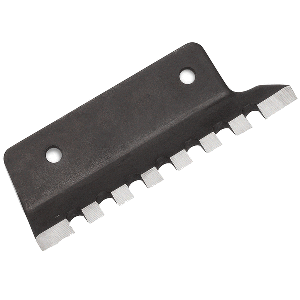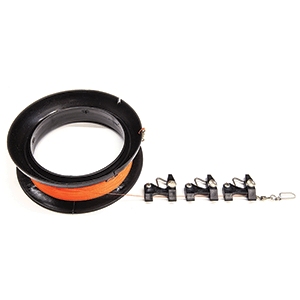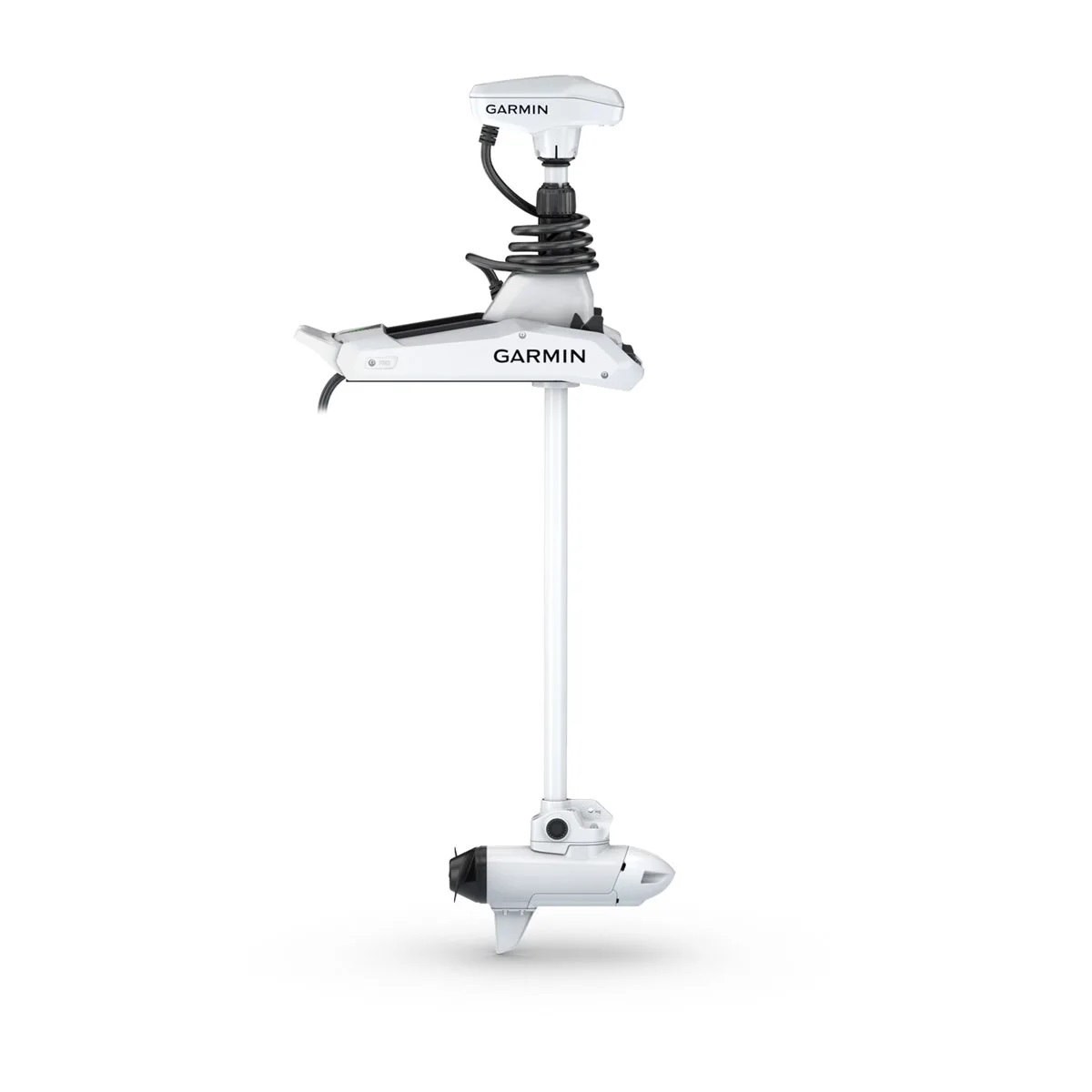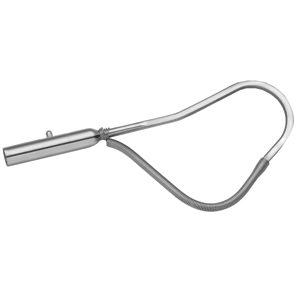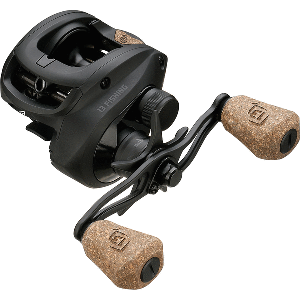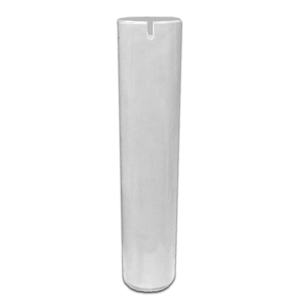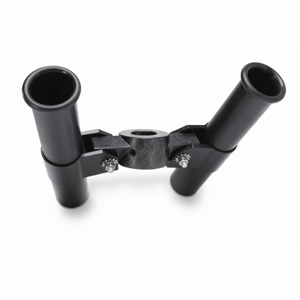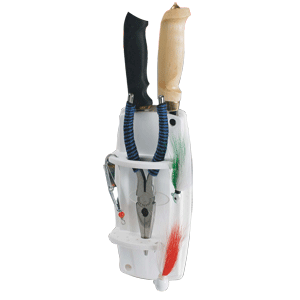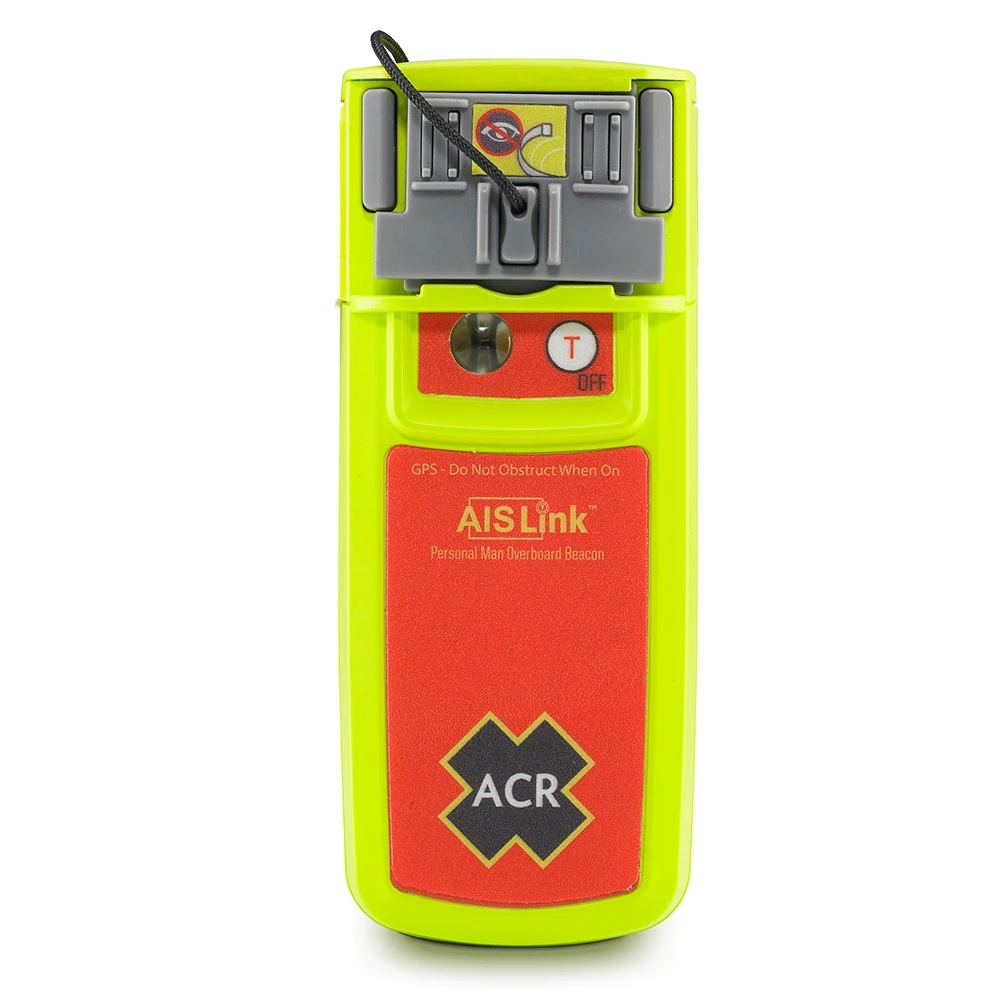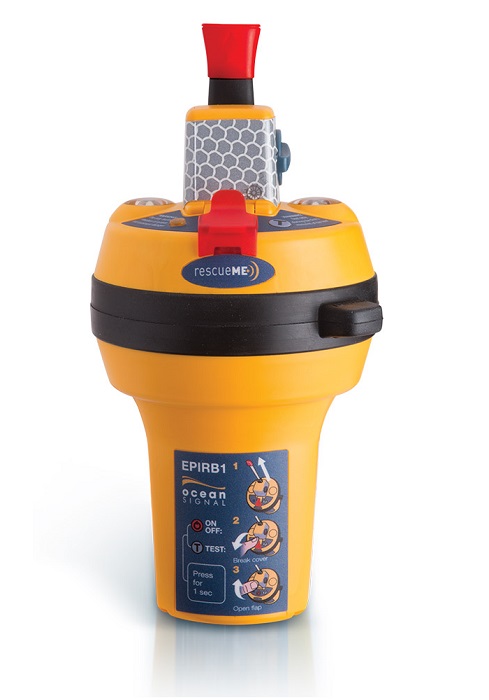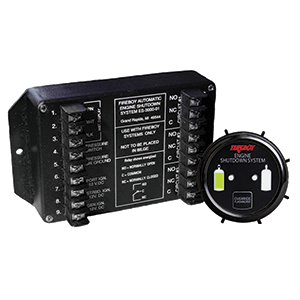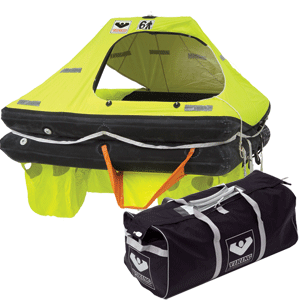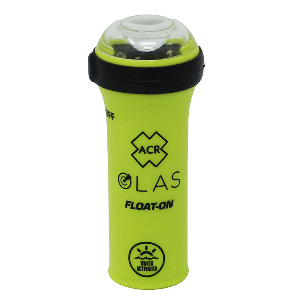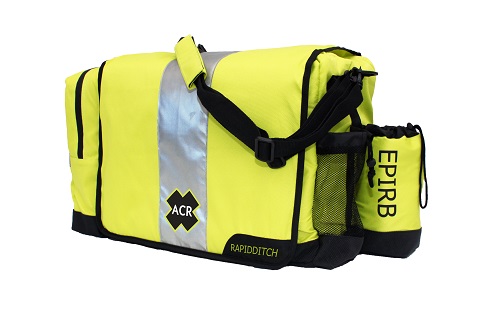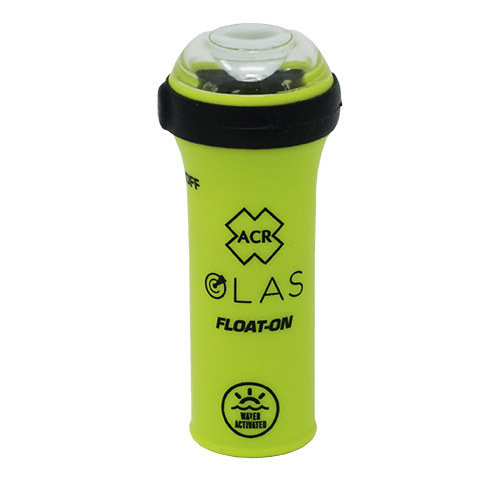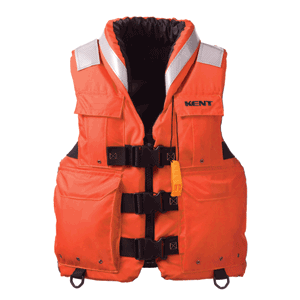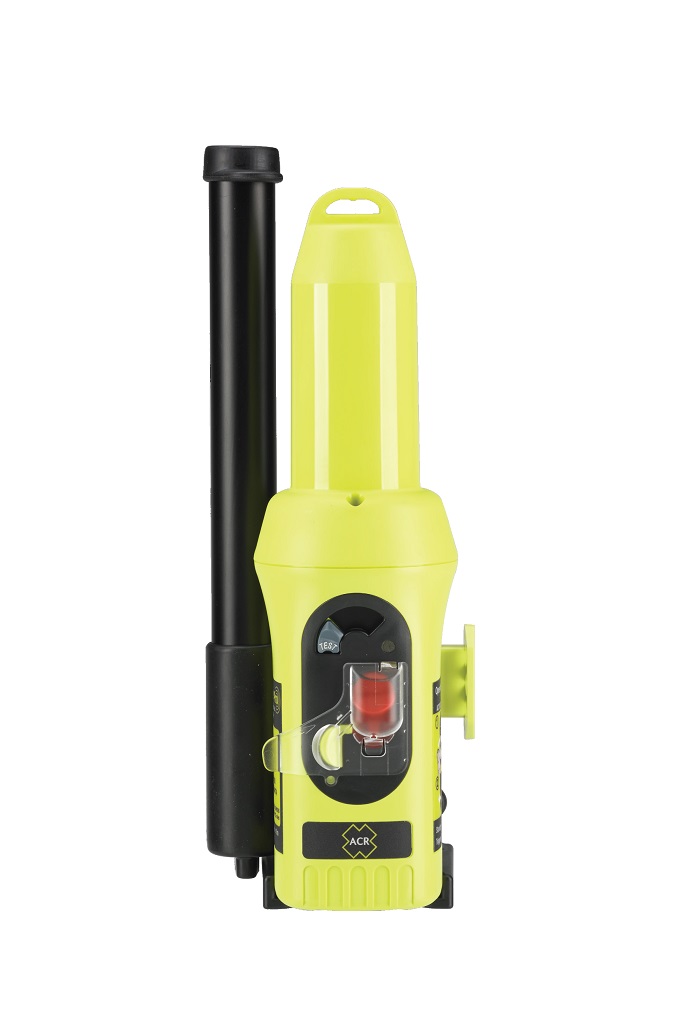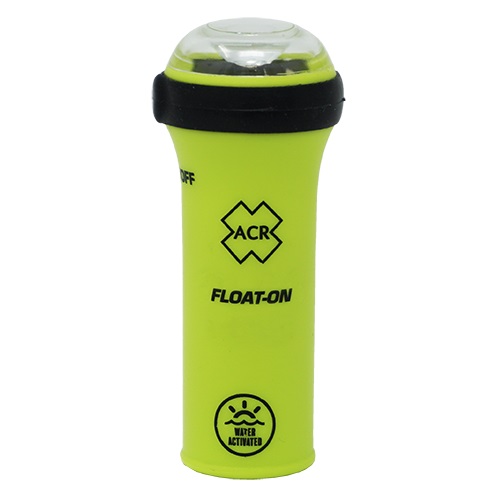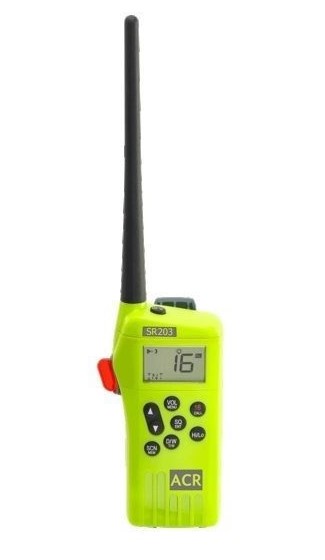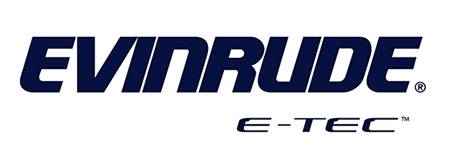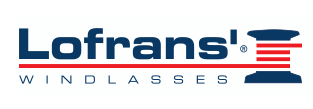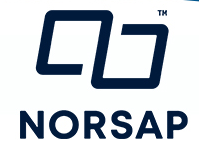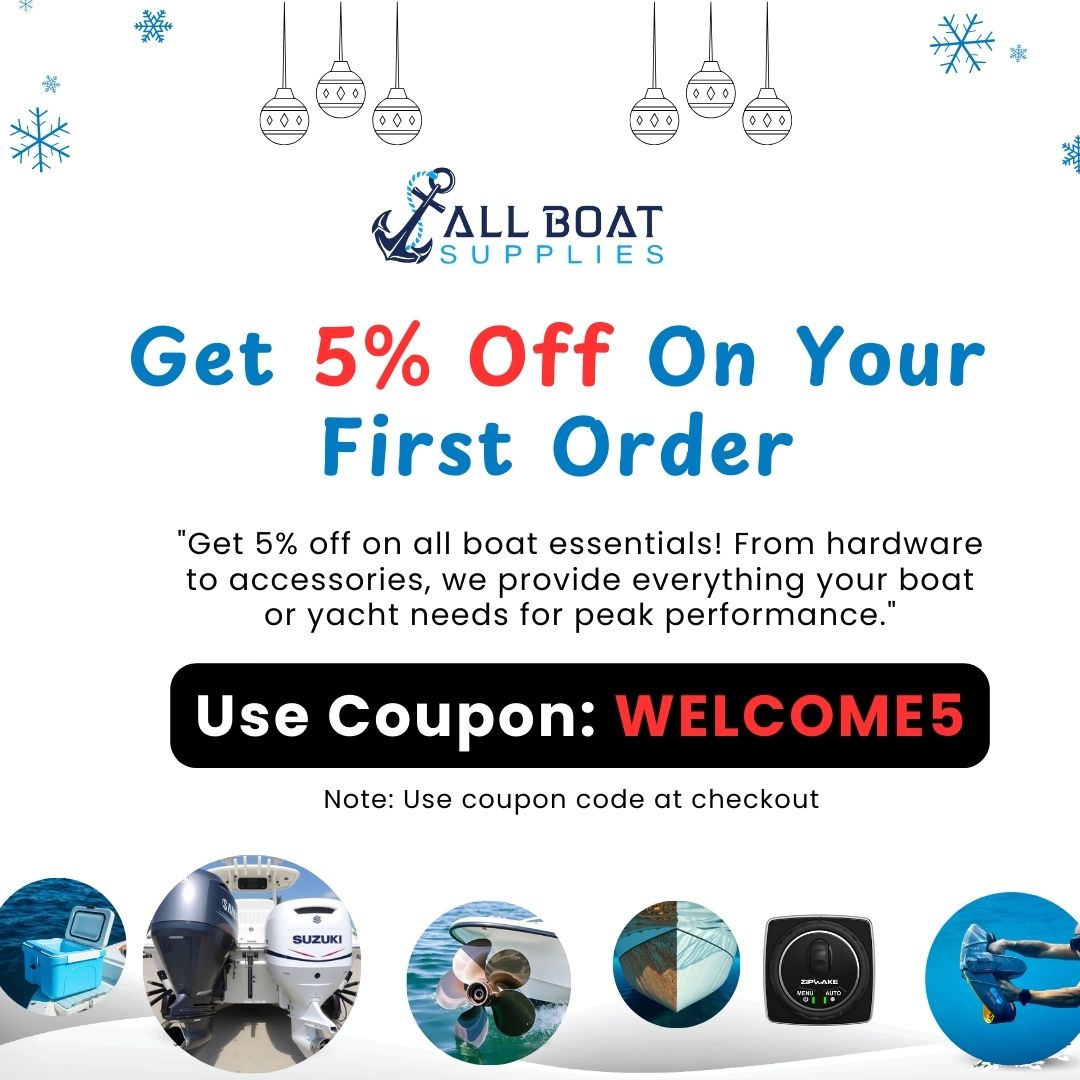OEM vs Aftermarket Yamaha Lower Units Which One Is Better?
Introduction
When it comes to outboard engine reliability and performance, the lower unit plays a vital role. As boat owners evaluate their repair or replacement options, the debate of OEM vs Aftermarket Yamaha Lower Units becomes essential. Whether you’re a DIY enthusiast, a professional marine technician, or a weekend angler, choosing the right lower unit can significantly impact your time on the water.
This guide dives deep into everything you need to know about OEM and aftermarket Yamaha lower units. We’ll compare the pros, cons, costs, performance, and durability — helping you make the best possible decision.
Overview / What Is OEM vs Aftermarket Yamaha Lower Units
The lower unit, often referred to as the “gearcase,” is the part of your outboard motor responsible for transferring engine power to the propeller. It houses essential components such as gears, drive shafts, water pumps, and bearings.
OEM (Original Equipment Manufacturer) parts are built by Yamaha or an authorized vendor to exact specifications. Aftermarket parts, on the other hand, are produced by third-party manufacturers and often provide compatible — and sometimes enhanced — alternatives to OEM versions.
OEM Lower Units – What Makes Them Reliable?
OEM Yamaha lower units are built under strict quality control standards to ensure compatibility and longevity. These parts are designed specifically for Yamaha engines and often come with warranties directly from the manufacturer.
Here’s why many boat owners prefer OEM:
- Guaranteed Fit: OEM parts match exactly to your engine model.
- Warranty Protection: Typically backed by Yamaha’s official warranty.
- Trusted Performance: Consistent and predictable gear ratios, shifting, and water cooling.
However, they come at a premium price — often 2–3x the cost of aftermarket alternatives.
Aftermarket Lower Units – Affordable and Effective?
Aftermarket Yamaha lower units are engineered by reputable manufacturers like SEI Marine. They’ve gained popularity due to their cost-efficiency, decent performance, and availability.
Key advantages include:
- Cost Savings: Up to 50–70% cheaper than OEM lower units.
- Availability: Easier to find for older or discontinued models.
- Improved Design: Some aftermarket options include upgraded seals or gears.
That said, not all aftermarket parts are created equal. Some may lack the same precision or durability as OEM counterparts. Always verify the reputation of the brand and seller before purchasing.
OEM vs Aftermarket: Cost and Durability Comparison
The cost difference between OEM and aftermarket Yamaha lower units is often the driving factor for many buyers. OEM units can cost anywhere from $1,500 to over $3,500, while aftermarket alternatives like those from SEI range between $850 and $1,600.
In terms of durability, OEM lower units generally have a longer lifespan when properly maintained. However, high-quality aftermarket units — especially those backed by warranty — are excellent contenders. Many boaters report thousands of hours of use from reliable aftermarket parts.
Common Issues with Aftermarket Yamaha Lower Units
Despite the benefits, aftermarket lower units may experience issues such as:
- Improper Fitment: Some models may require slight modifications or shimming.
- Gear Noise: Slightly louder than OEM, especially at high RPMs.
- Inconsistent Quality: Lower-tier brands may skip quality assurance steps.
To avoid these pitfalls, always purchase from a trusted marine supplier and confirm compatibility with your engine model.
Best Yamaha Lower Unit Options for Specific Models
When choosing a lower unit, it’s important to match specifications such as gear ratio, shaft length, spline count, and engine HP.
- 75-100HP Models: Use SEI-90-404 for both 2 and 4-stroke configurations.
- 115-130HP Models: SEI-90-405 is a trusted aftermarket alternative.
- 150-200HP 90° Engines: SEI-90-416 fits many older and newer models.
- F150–F200 Series (2004–2024): Use YA-G4-06 for OEM-equivalent fit and function.
Refer to your Yamaha engine manual or consult an expert for precise compatibility before ordering.
Maintenance Tips
Regardless of whether you opt for OEM or aftermarket Yamaha lower units, maintenance is critical to ensuring performance and longevity.
- Change gear oil every 100 hours or at season end.
- Inspect seals and replace damaged O-rings or gaskets.
- Flush your motor after saltwater use to prevent corrosion.
- Check for water intrusion — milky gear oil is a red flag.
- Grease the prop shaft and spline to prevent rust locking.
Using these lower unit maintenance tips will add years of life to your gearcase, whether OEM or aftermarket.
Expert Advice and Pro Recommendations
Marine professionals agree: if your Yamaha outboard is under factory warranty or used in demanding conditions, OEM lower units are ideal. They’re precision-fit, durable, and backed by the manufacturer.
For older boats, tight budgets, or less frequent usage, a well-reviewed aftermarket Yamaha lower unit can be the smarter choice. Look for products from SEI, GLM, or Mallory, and ensure there’s a strong warranty policy in place.
Pro tip: If your boat is stored for long periods, add a fogging oil treatment to prevent internal corrosion in your lower unit.
Detailed FAQ Section
Is it safe to use an aftermarket Yamaha lower unit?
Yes, provided you purchase from a reputable brand and ensure compatibility. Brands like SEI Marine offer high-quality aftermarket Yamaha lower units that undergo rigorous testing and are backed by warranties — often 1 to 3 years. It’s essential to match the gear ratio, shaft length, and spline count to your engine’s specifications. Many boaters have reported performance similar to OEM after 500–1000 hours of usage.
What are the major differences in performance between OEM and aftermarket?
OEM lower units often have quieter operation, smoother gear transitions, and longer-lasting internal components. Aftermarket versions can closely match these metrics but may have slightly louder noise levels at high RPMs or need more careful alignment. That said, for most users, performance differences are minimal — especially if you maintain the unit well.
How do I install an aftermarket lower unit on my Yamaha outboard?
Installation typically involves removing the propeller, disconnecting shift linkage, draining gear oil, and unbolting the old unit. Aftermarket units should bolt on the same way as OEM units. Use marine grease on splines and torque bolts to Yamaha specs. Always test water pump function and verify neutral/forward/reverse alignment before use. For detailed steps, refer to Yamaha’s service manual or consult a marine technician.
Are aftermarket Yamaha lower units covered by warranty?
Yes. High-quality aftermarket manufacturers like SEI offer 1 to 3-year warranties, often with no-hassle replacement. Always read the warranty terms. Some may exclude damage from overheating, improper installation, or lack of maintenance. OEM Yamaha lower units usually come with factory warranty if installed by a certified technician and engine is within warranty period.
What’s the best value option for replacing a lower unit?
For those on a budget or replacing a lower unit on an older engine, aftermarket options offer the best value. For example, SEI’s 90-404 or 90-416 models can be up to 70% cheaper than OEM and offer 2–3 years of warranty. OEM units are best for high-performance, warranty-compliant repairs. Ultimately, it comes down to your engine’s age, usage, and available budget.
Special Offer
WELCOME5 – Get 5% off storewide at allboatsupplies.com
And upto 10% additional off on all lower units
-
Yamaha Aftermarket Lower Unit Replaces 75-100HP (2 & 4 Stroke) – 2.0/2.3 Gear Ratios, 18 Spline, 20/25″ Shafts – SEI-90-404
-
Yamaha Aftermarket Lower Unit Replaces 115-130HP 4-Stroke – Fits 20/25″ Shafts – SEI-90-405
-
Yamaha 90° Aftermarket Lower Unit Replaces 150-200HP (2 & 4 Stroke) – Fits 20/25″ Shafts – SEI-90-416
-
Yamaha 150–200HP Lower Unit 4-Stroke – 20/25″ Shaft – F150/F175/F200 Series (2004–2024) – New/Remanufactured – YA-G4-06
Conclusion
When deciding between OEM vs Aftermarket Yamaha Lower Units, it comes down to your engine’s needs, your budget, and your boating frequency. OEM offers unmatched reliability and perfect fitment — ideal for new or high-performance engines. Aftermarket units provide an affordable, dependable solution with competitive warranties and wide availability.
Evaluate your options carefully, maintain your lower unit well, and trust verified sellers like allboatsupplies.com to source quality parts.
Whether OEM or aftermarket, the right lower unit keeps you moving forward — safely and confidently.
Read More
For more helpful marine maintenance guides, check out our article on Lower Unit Options for Yamaha Motors in Shallow Water.


